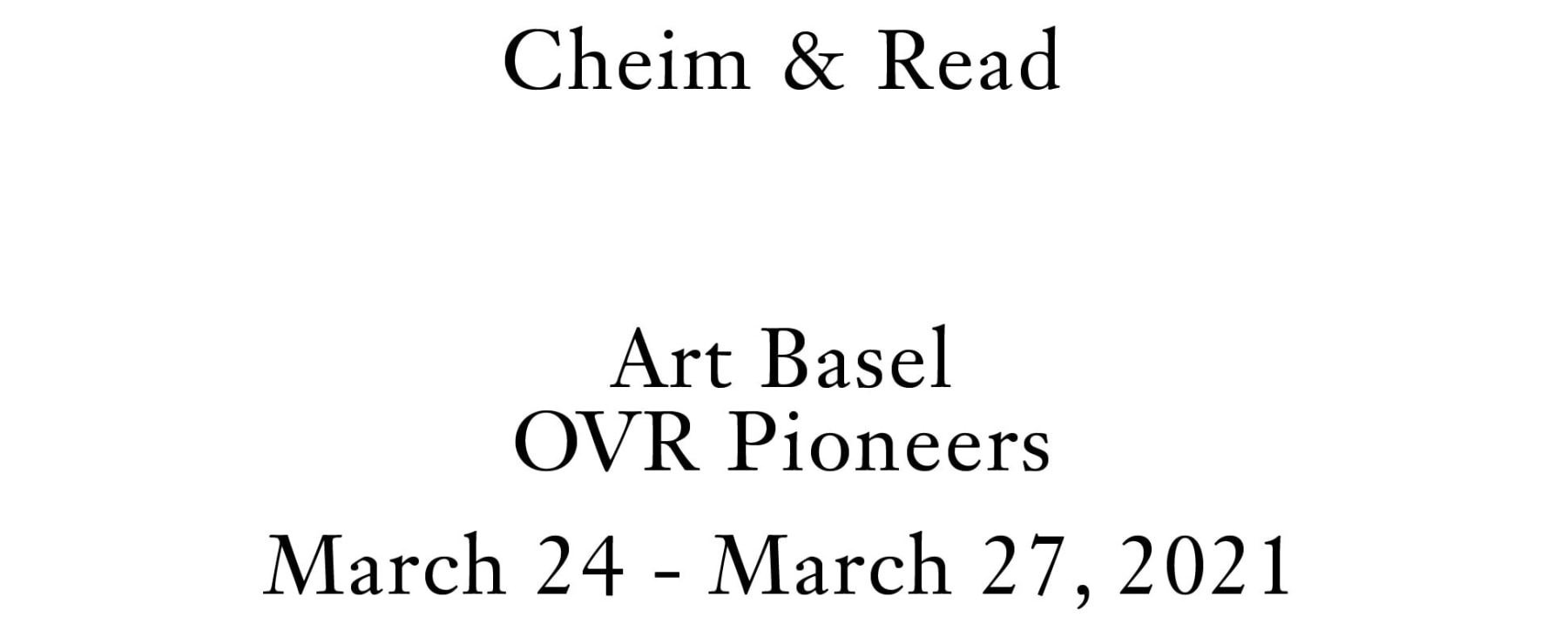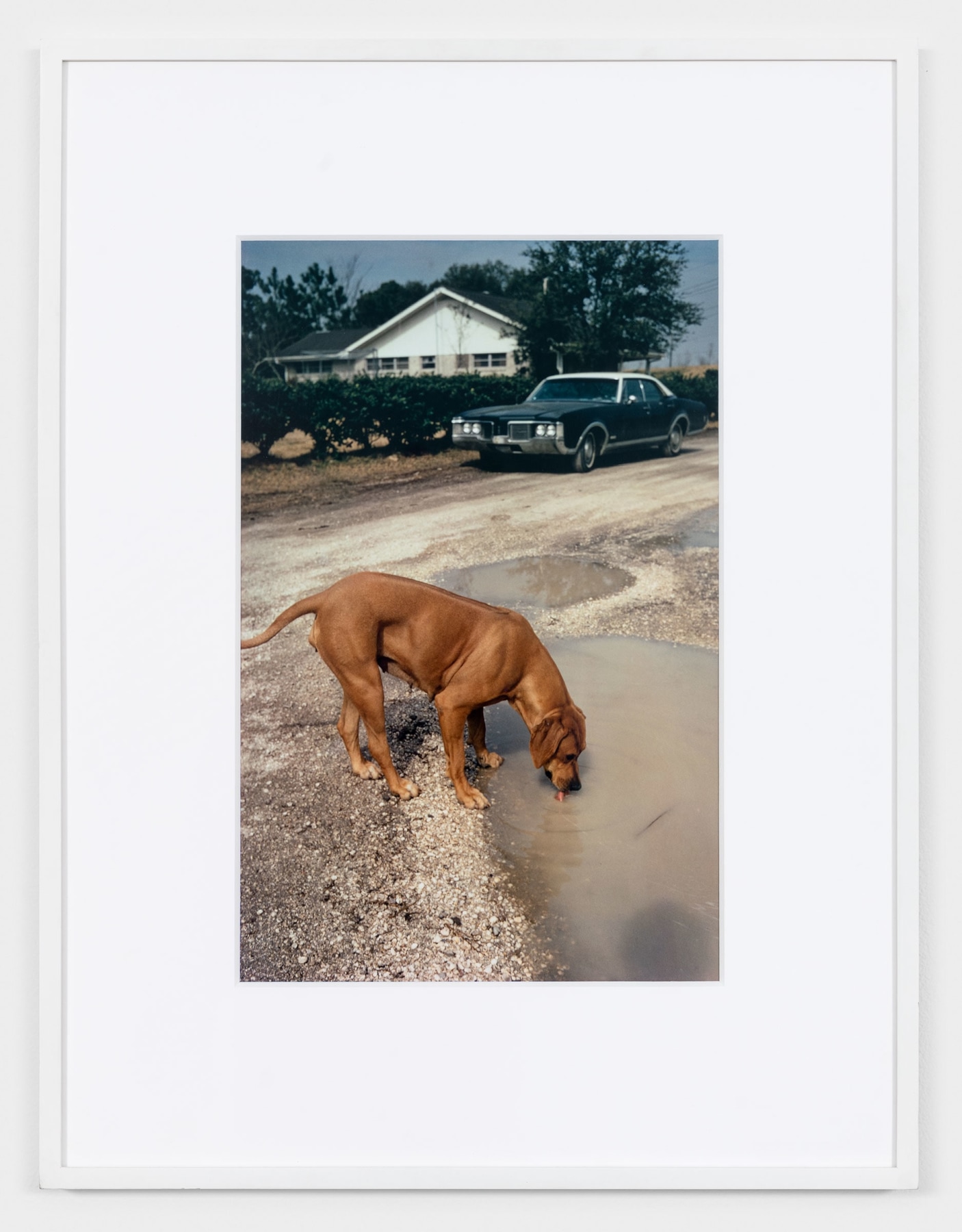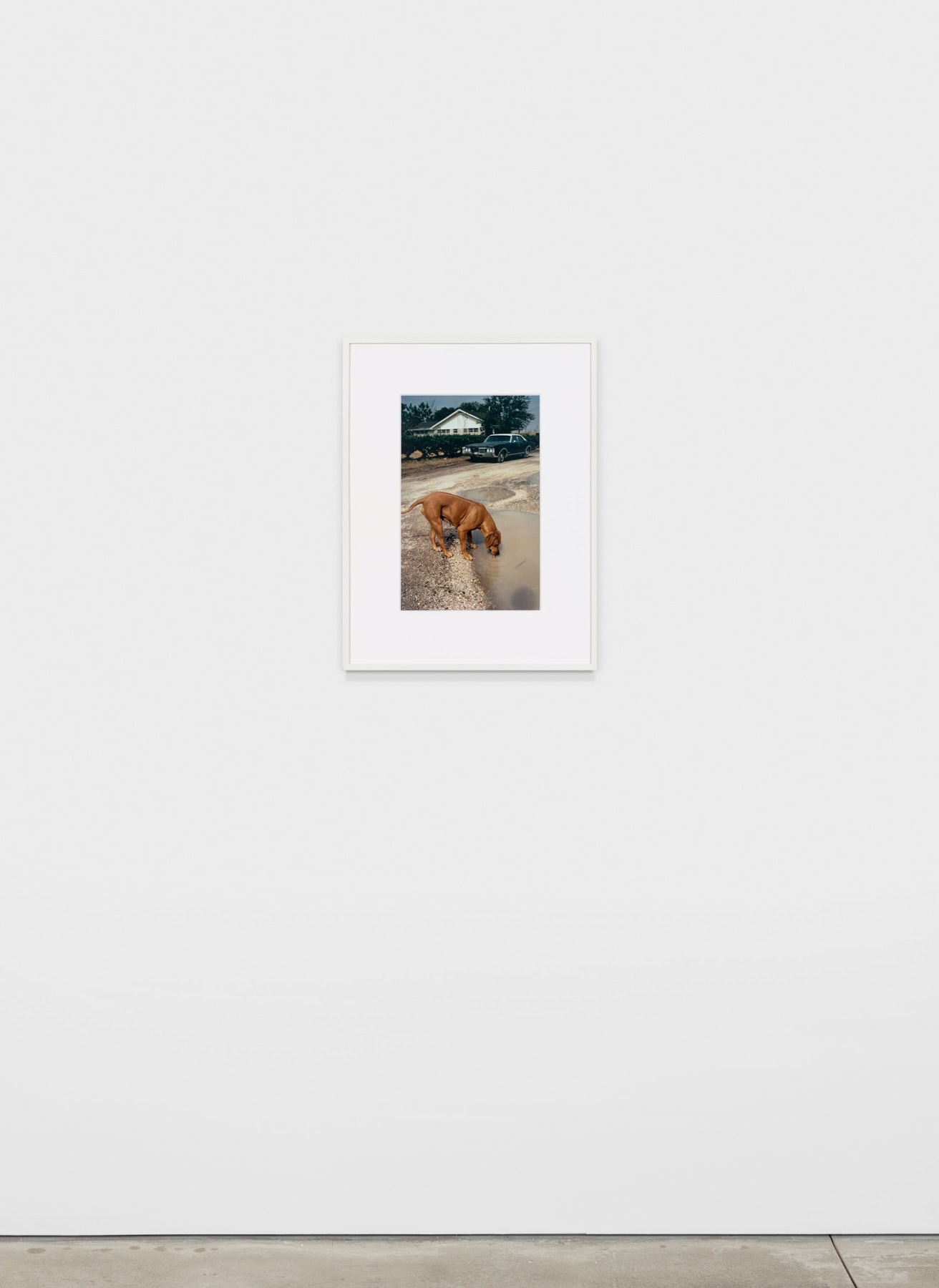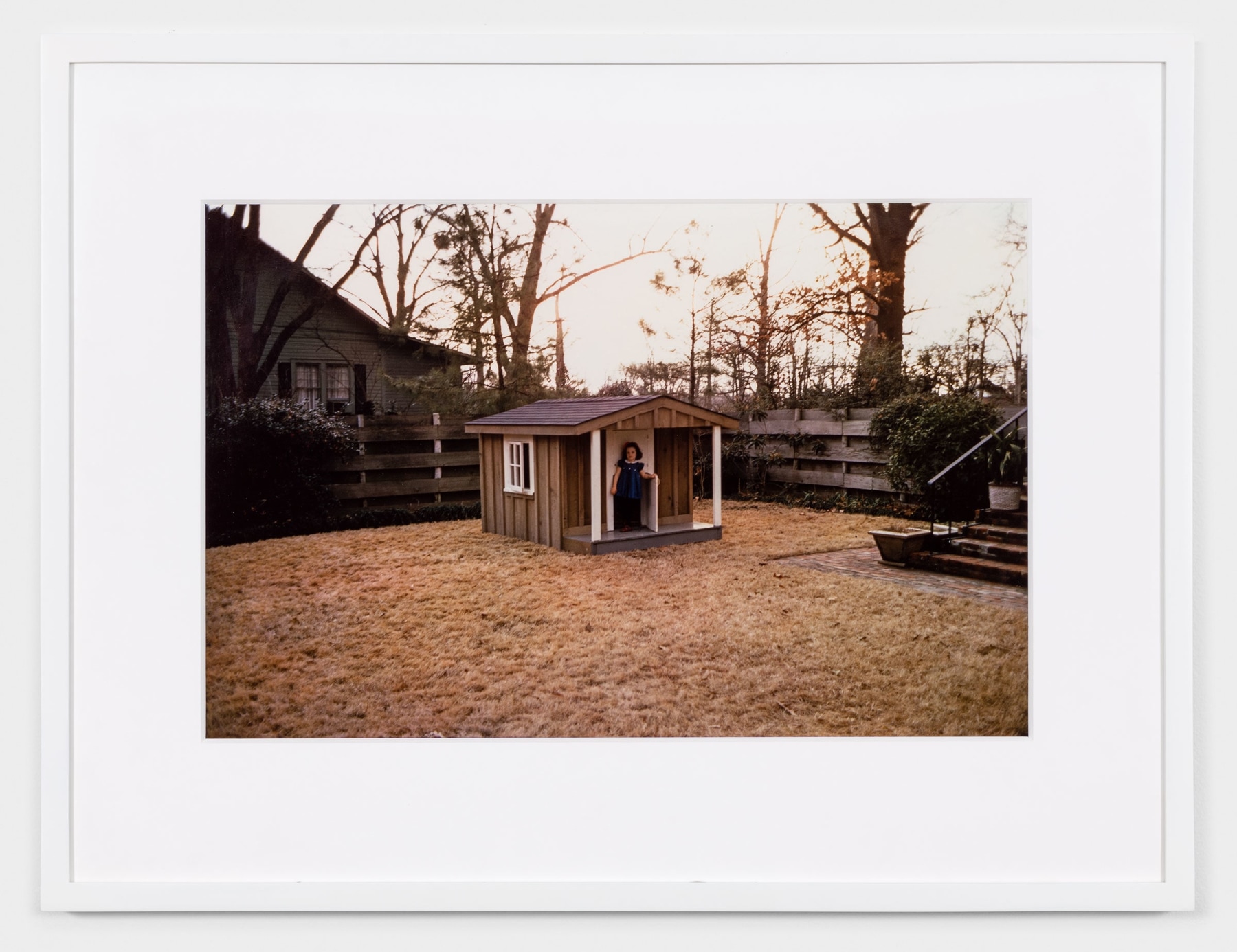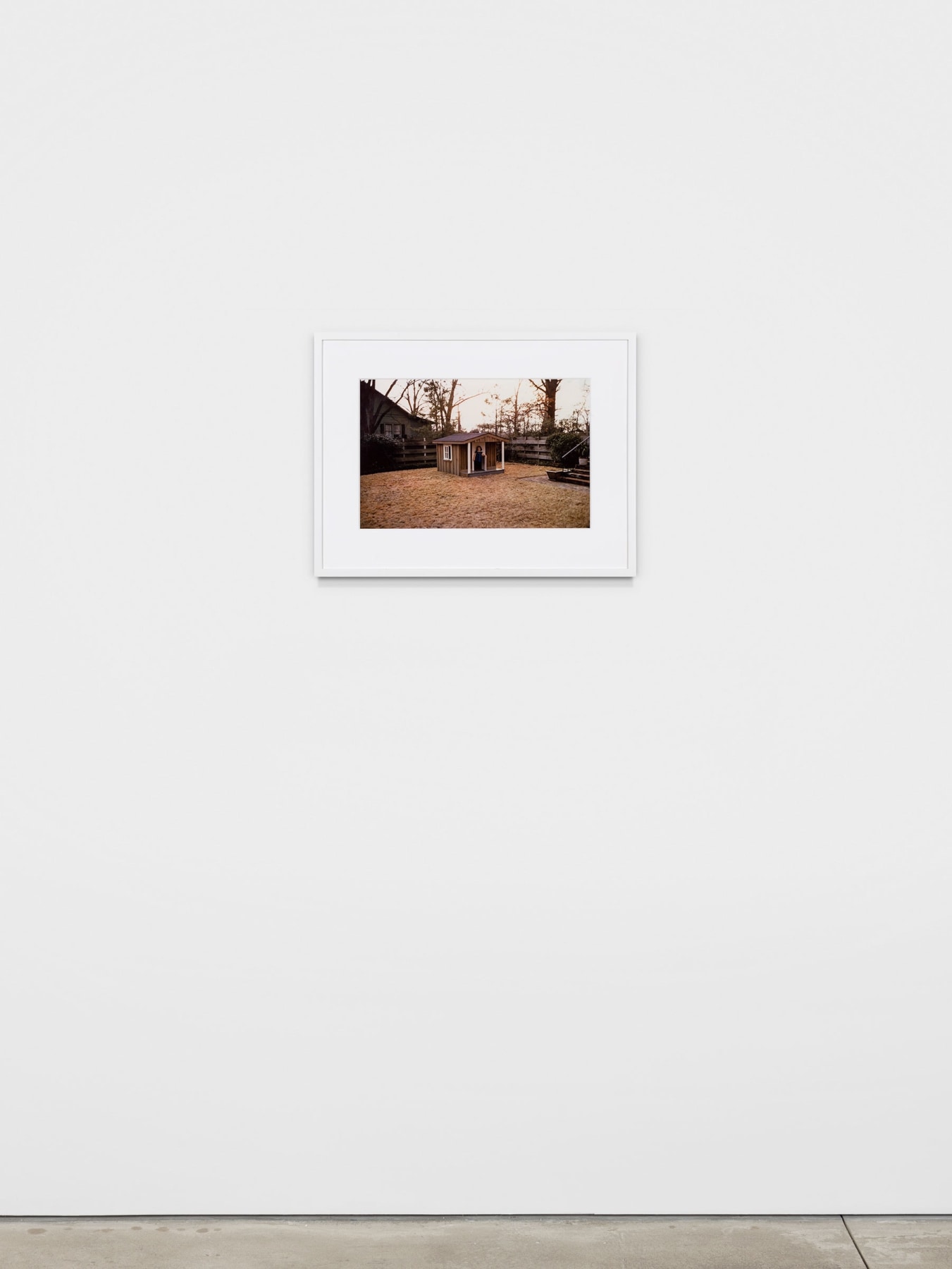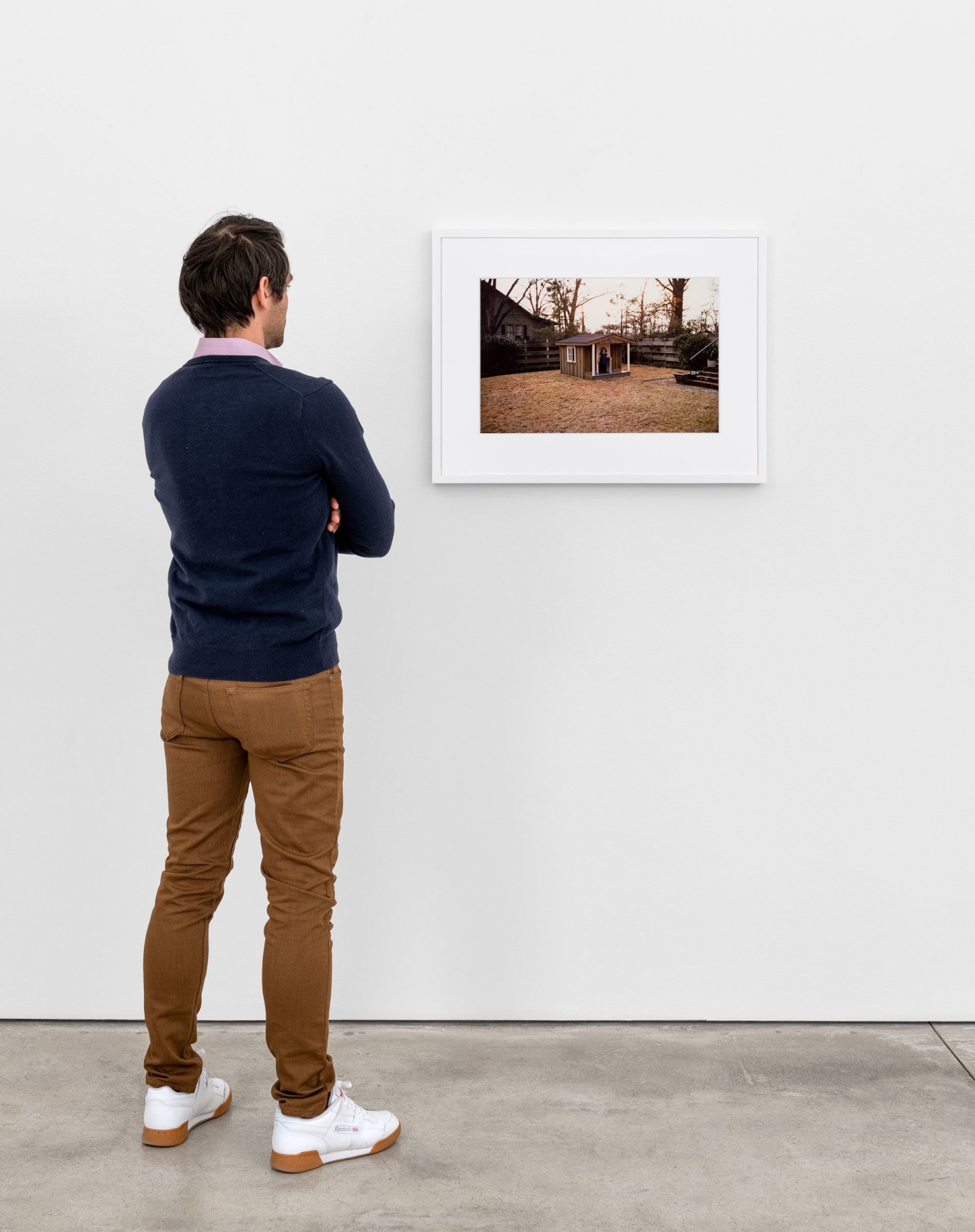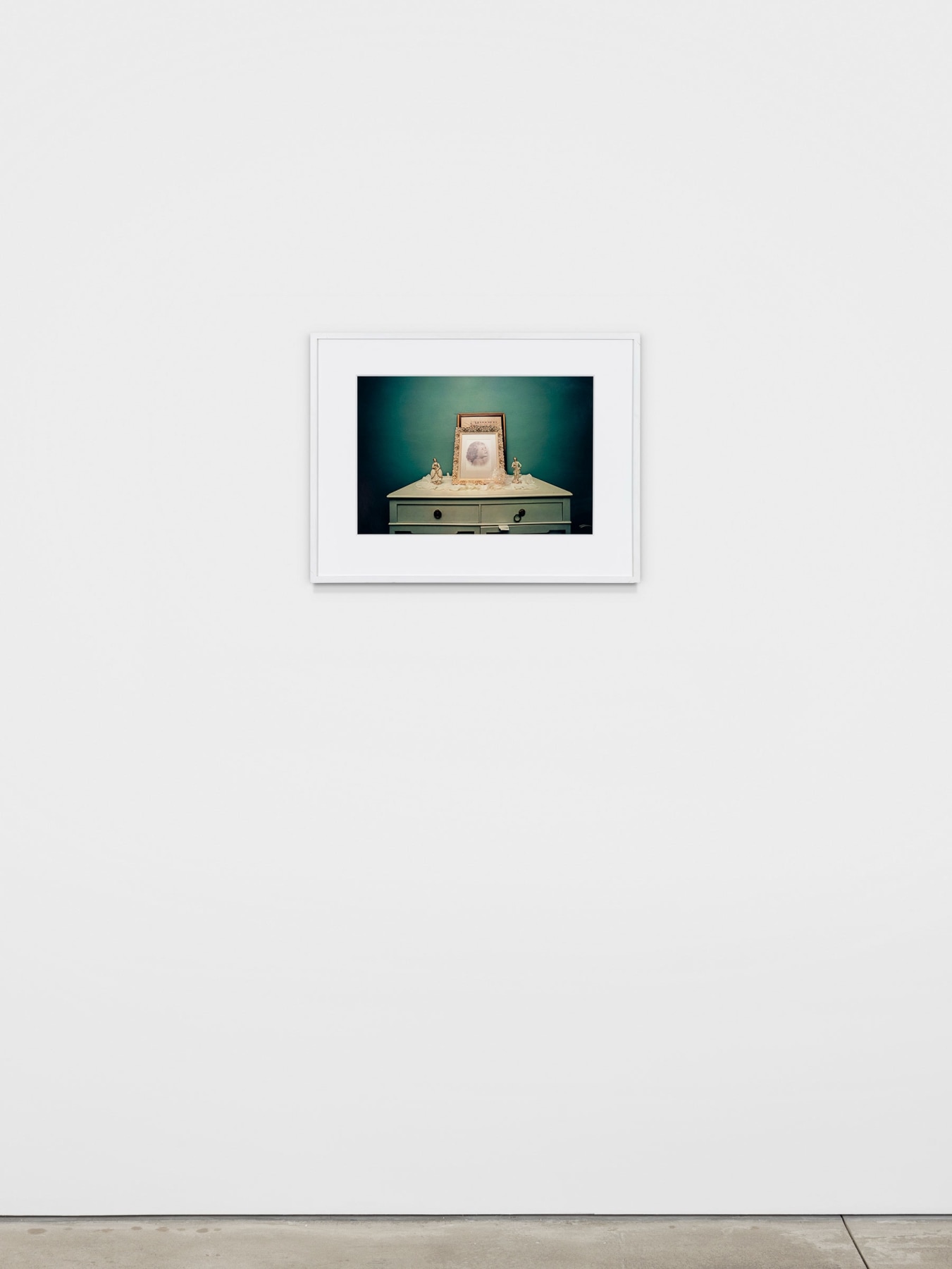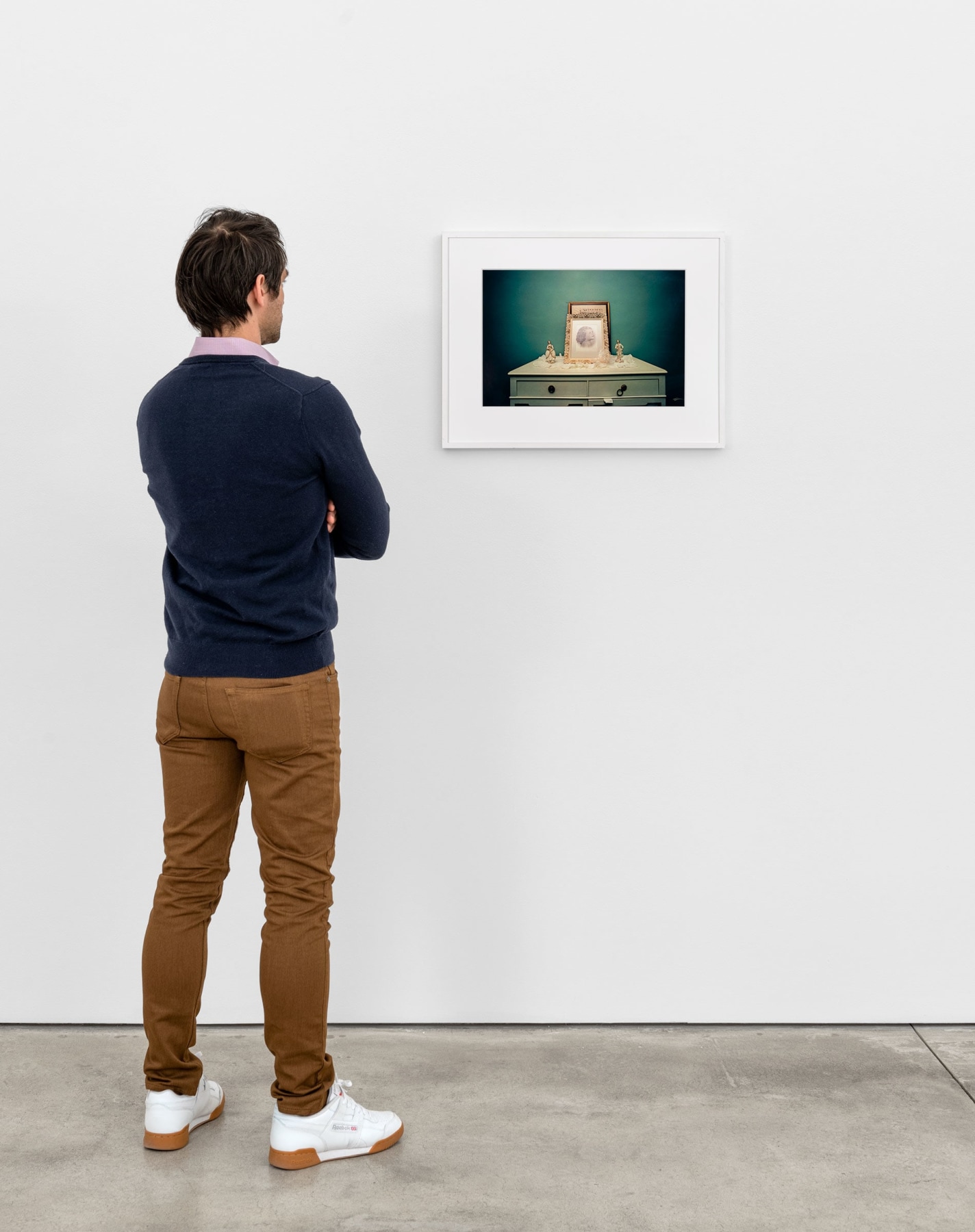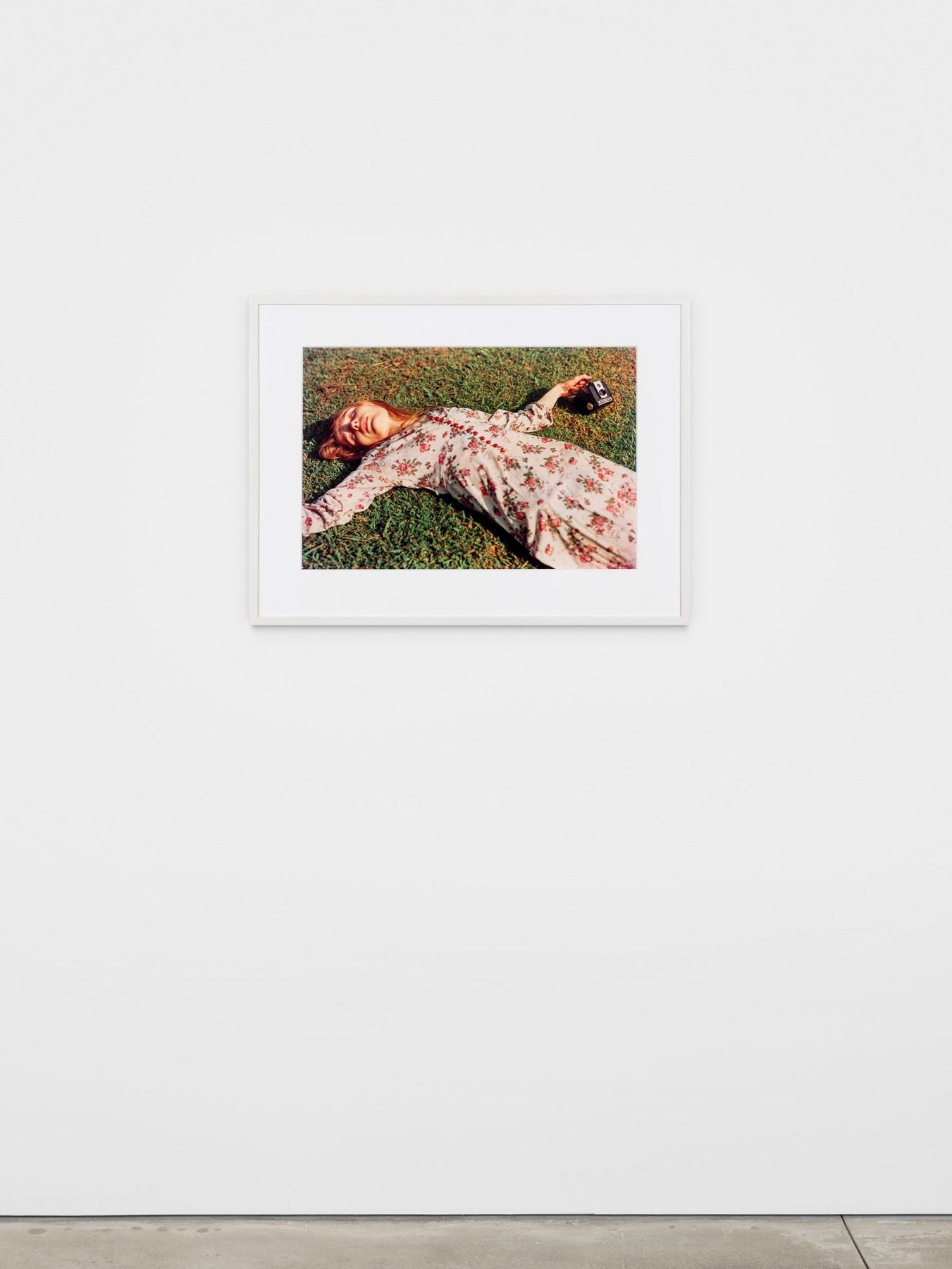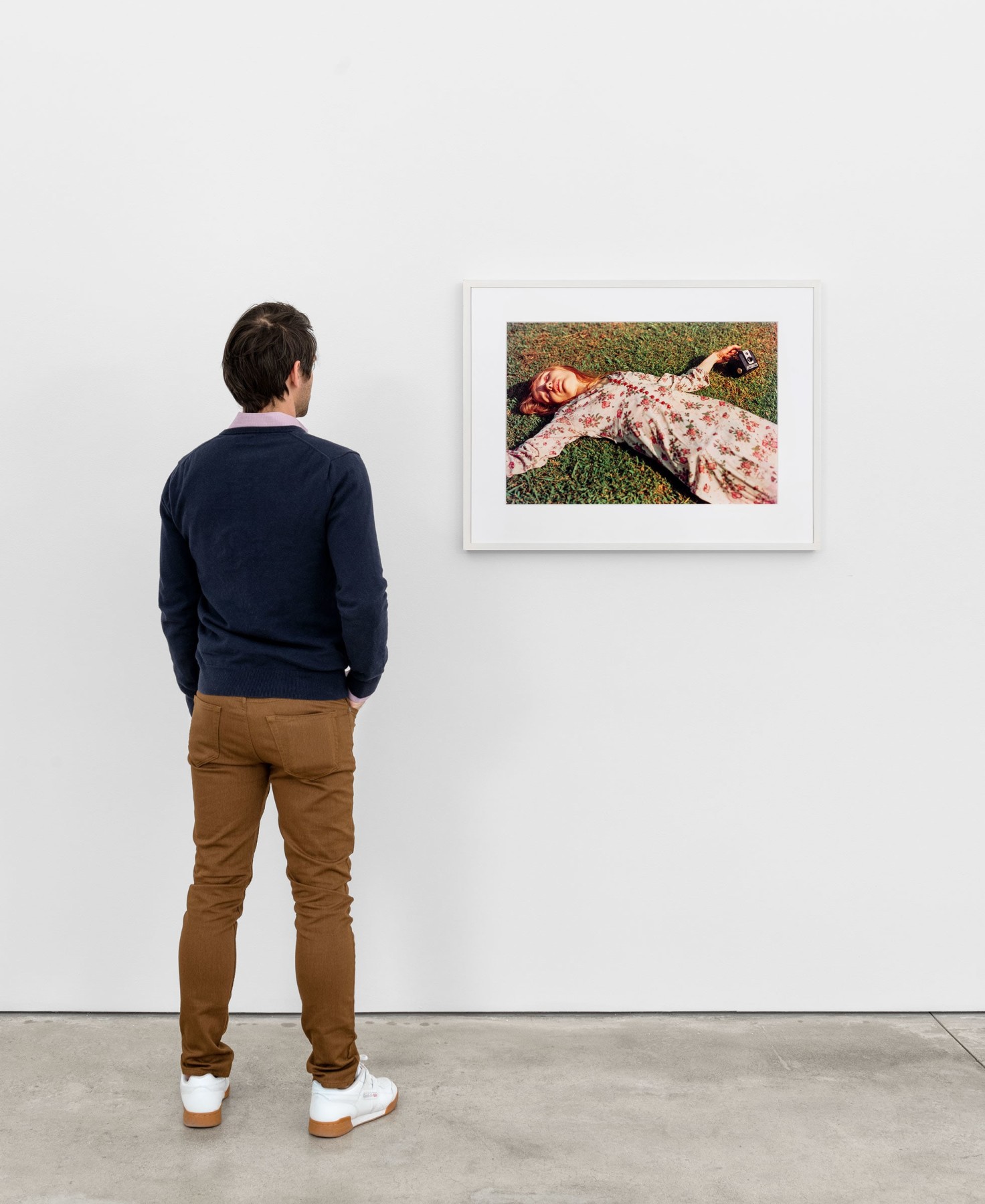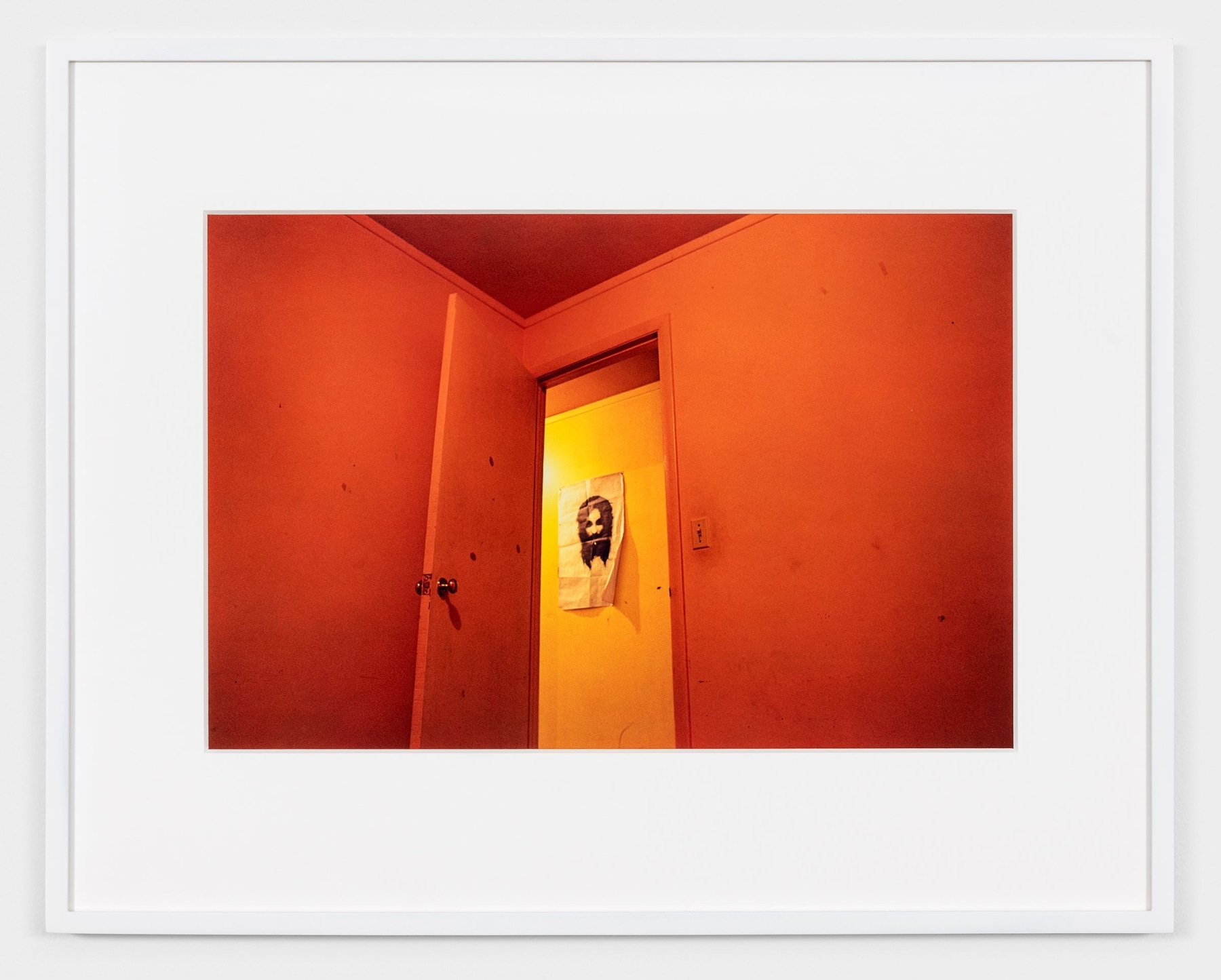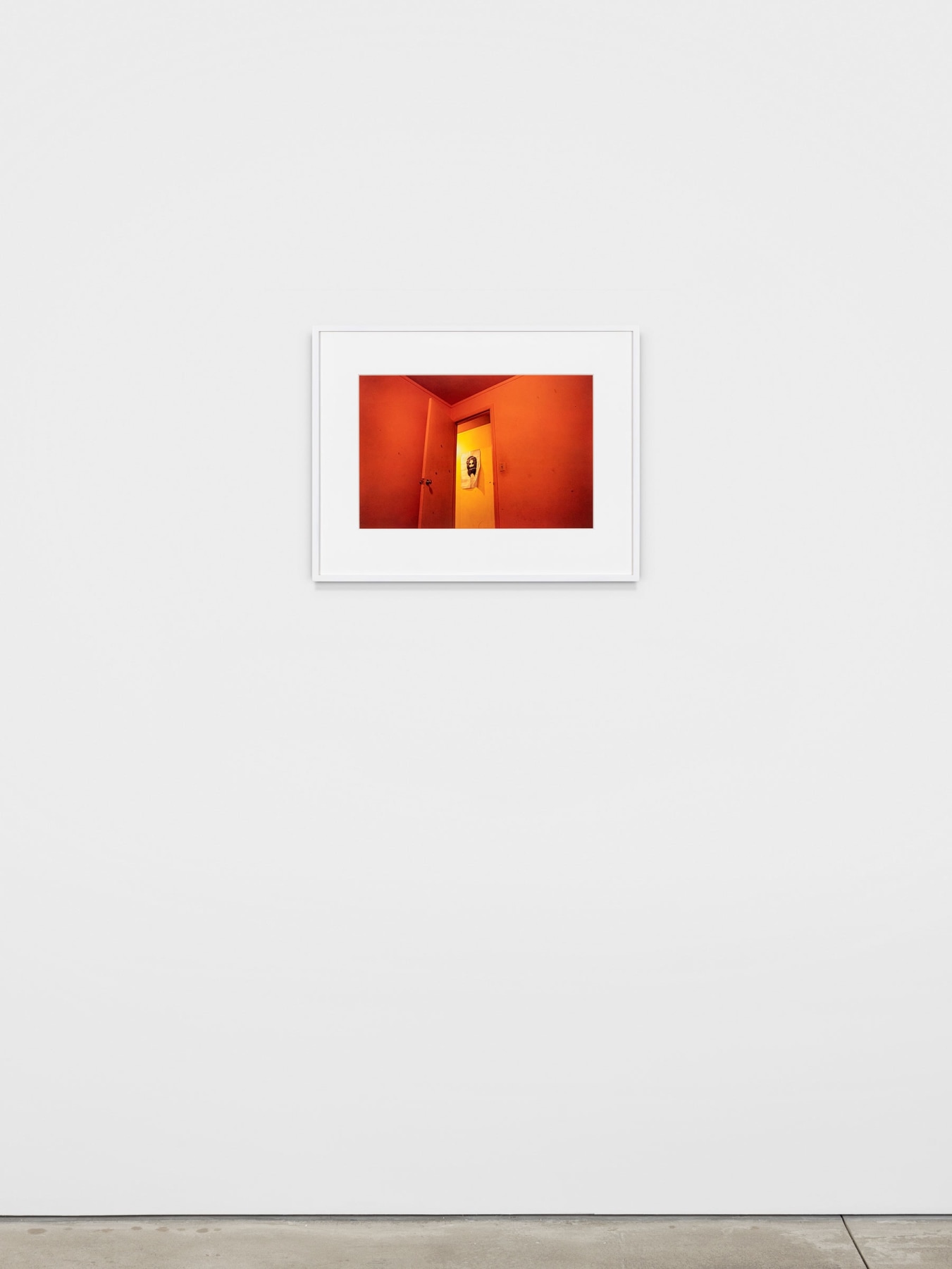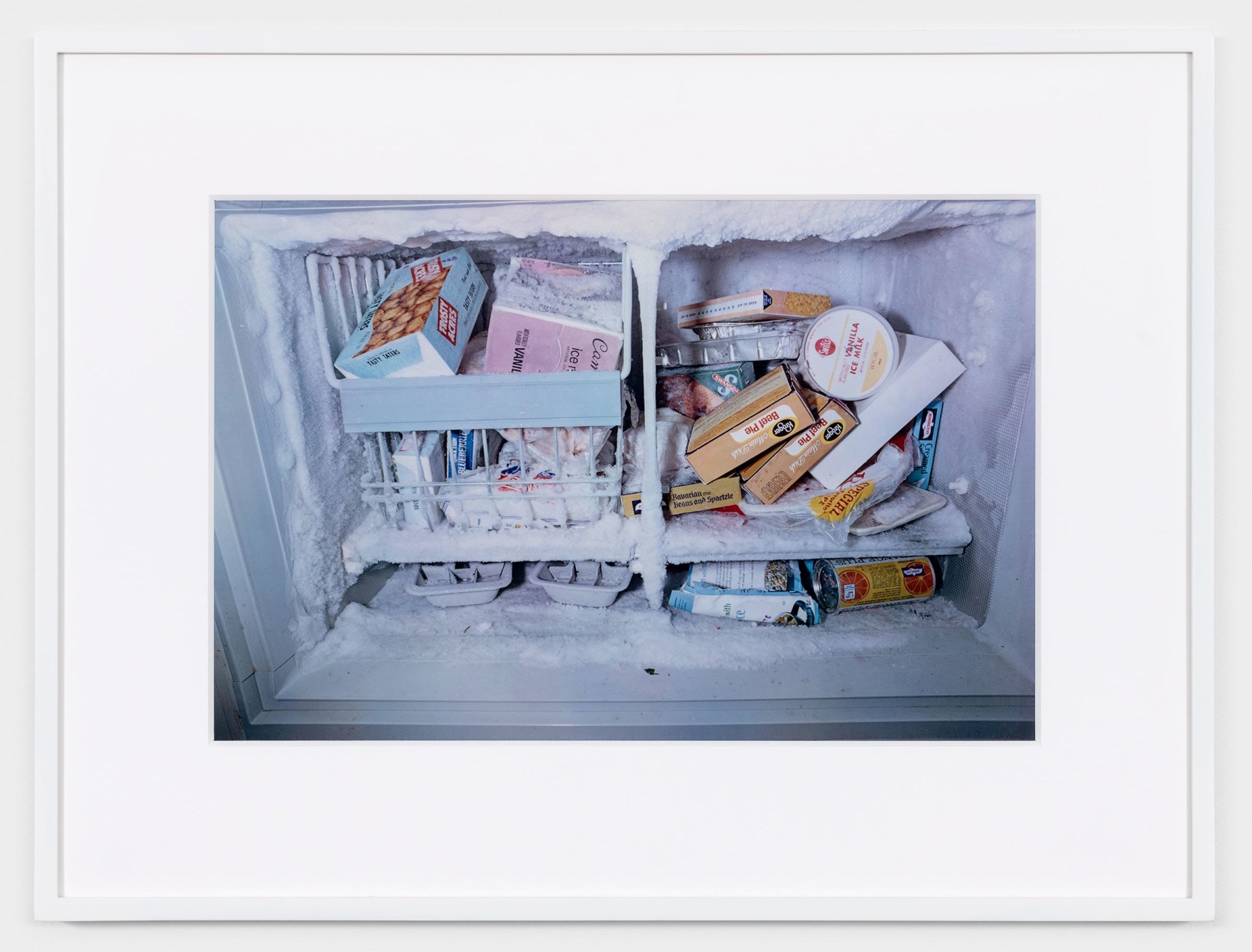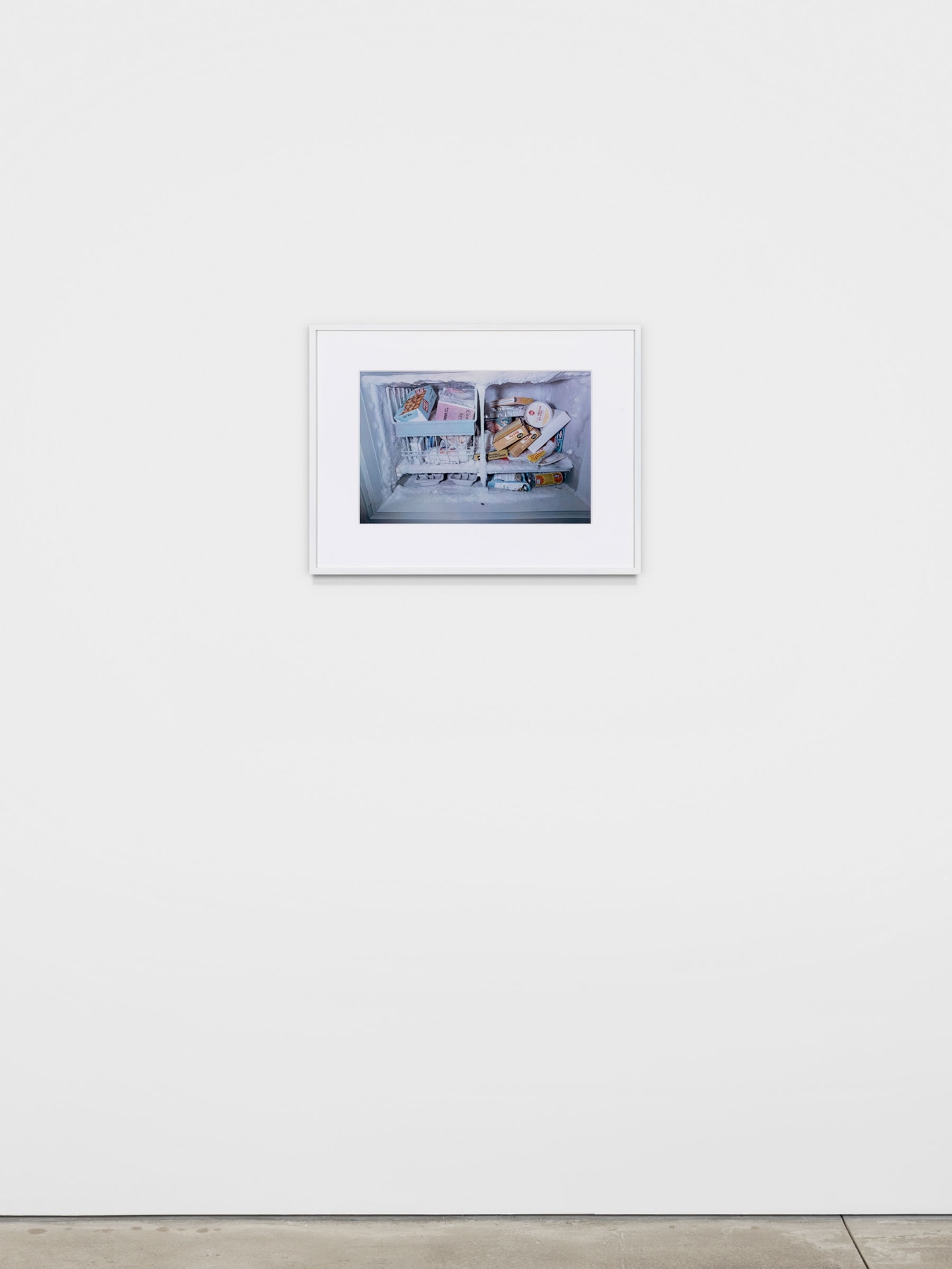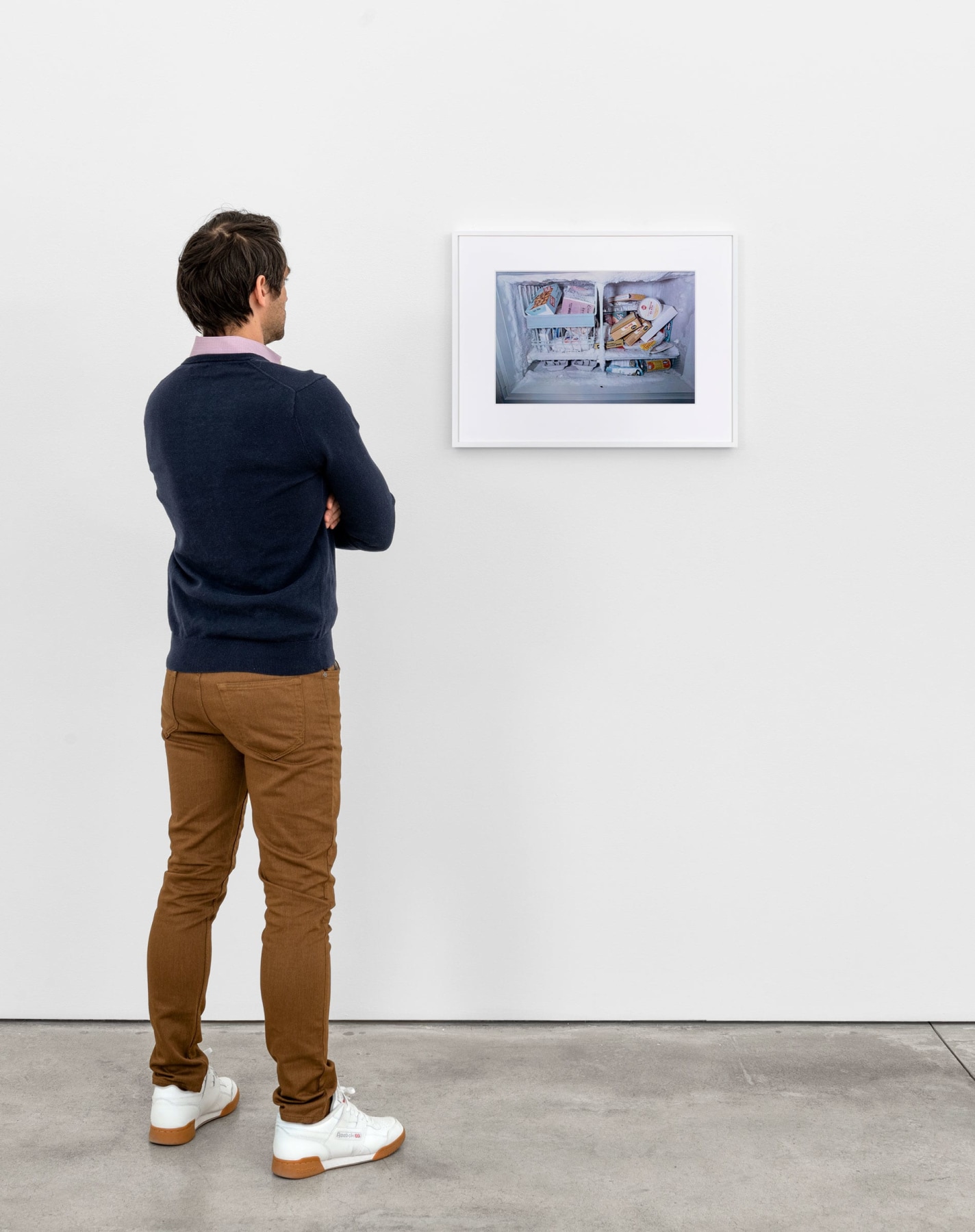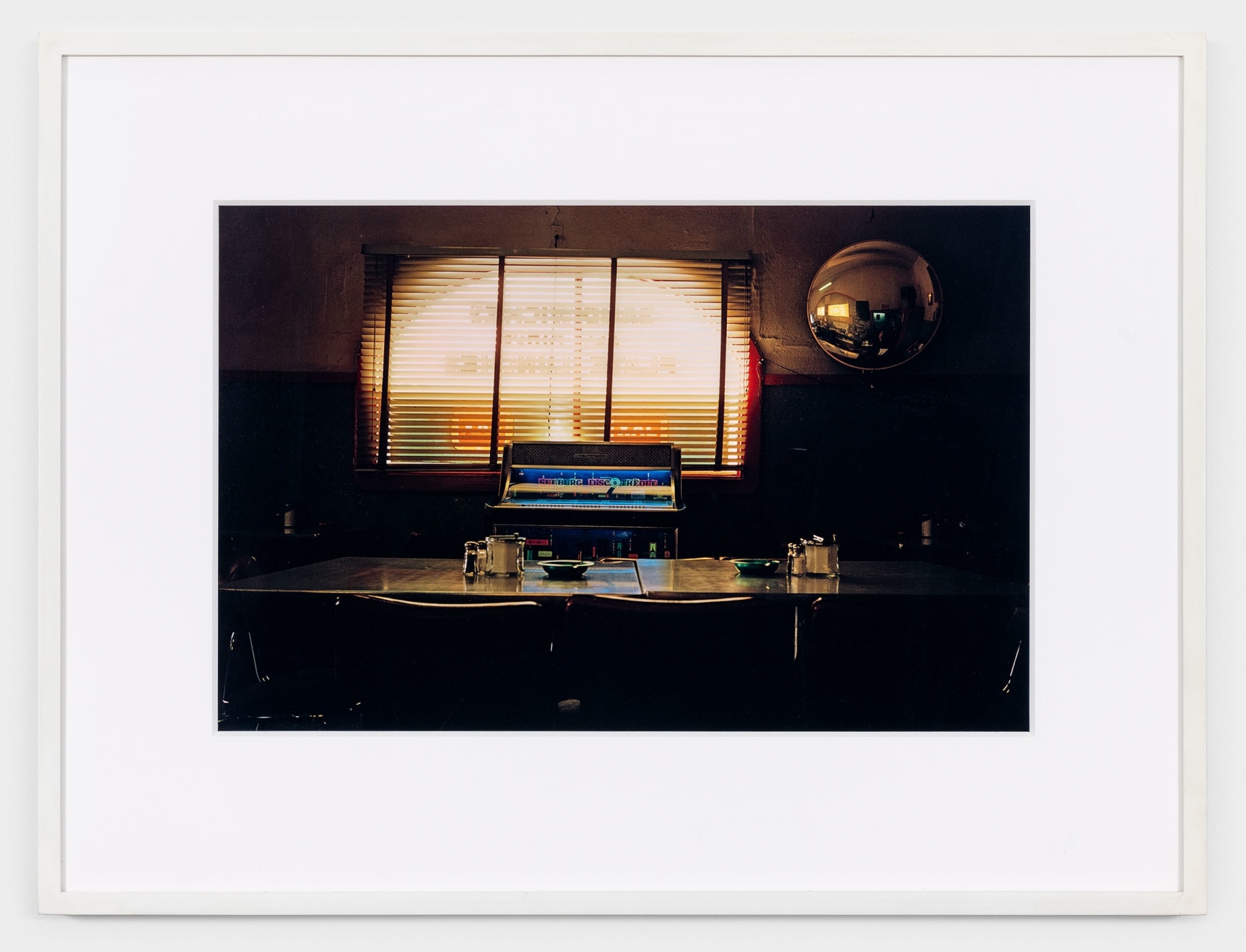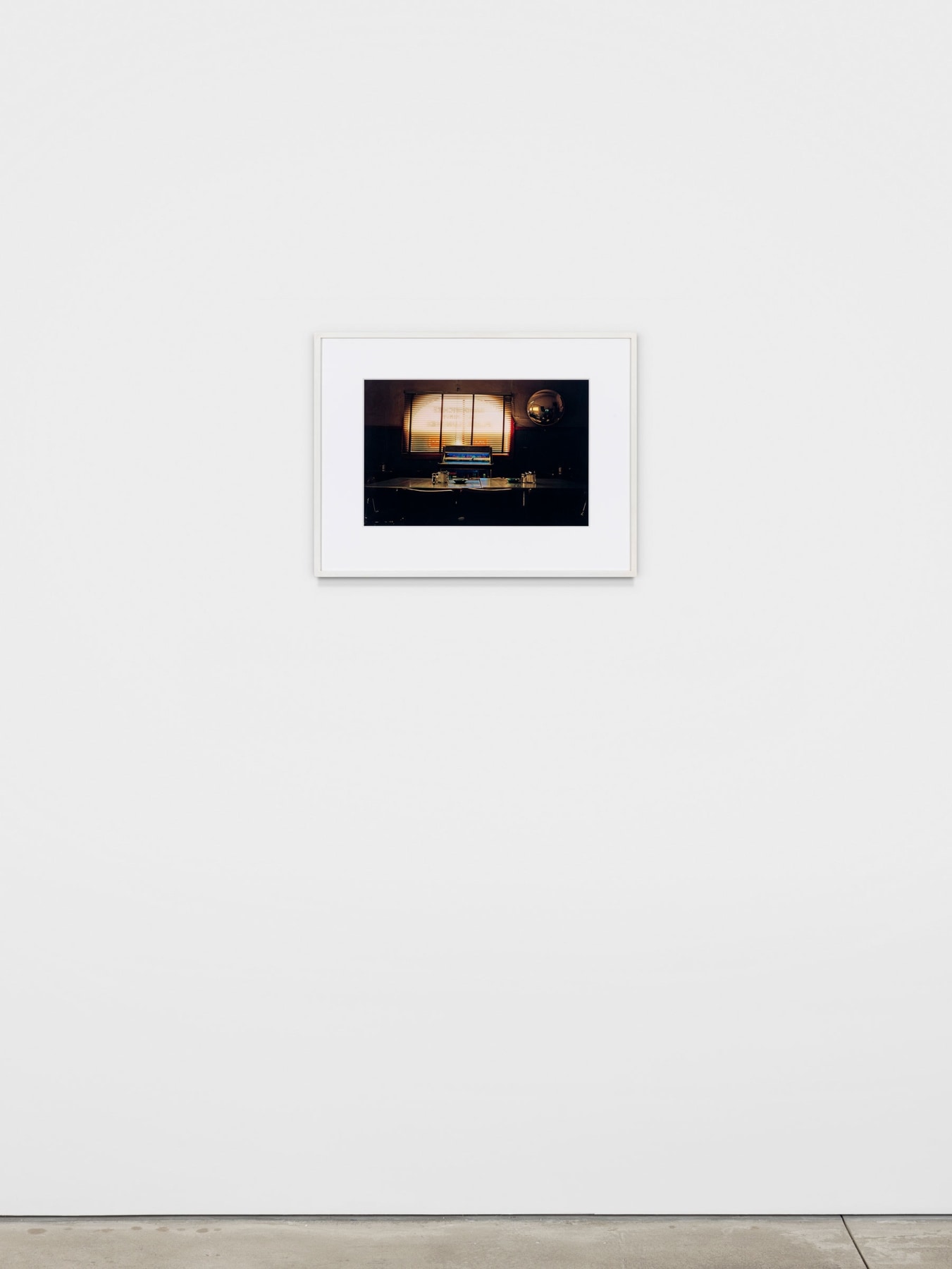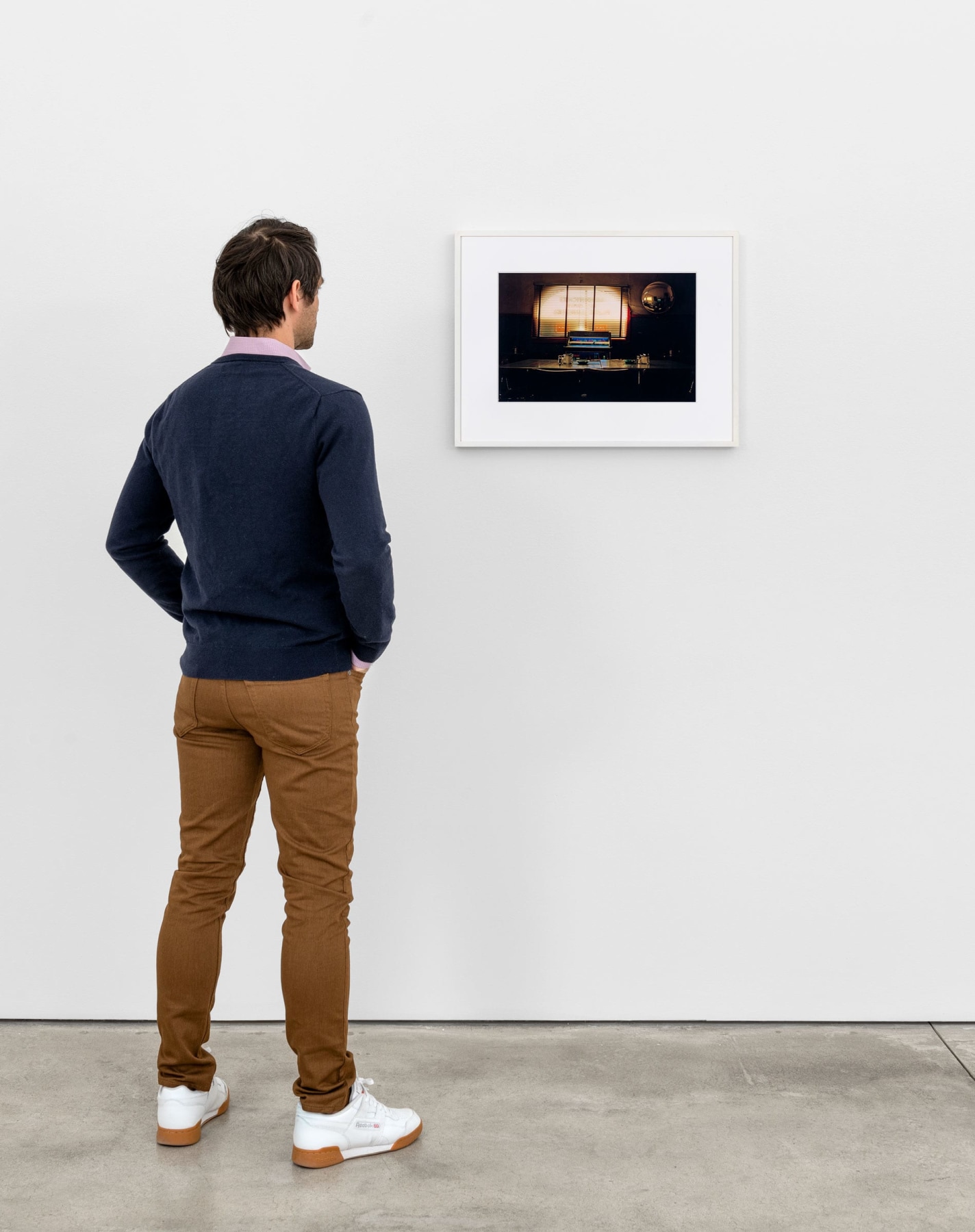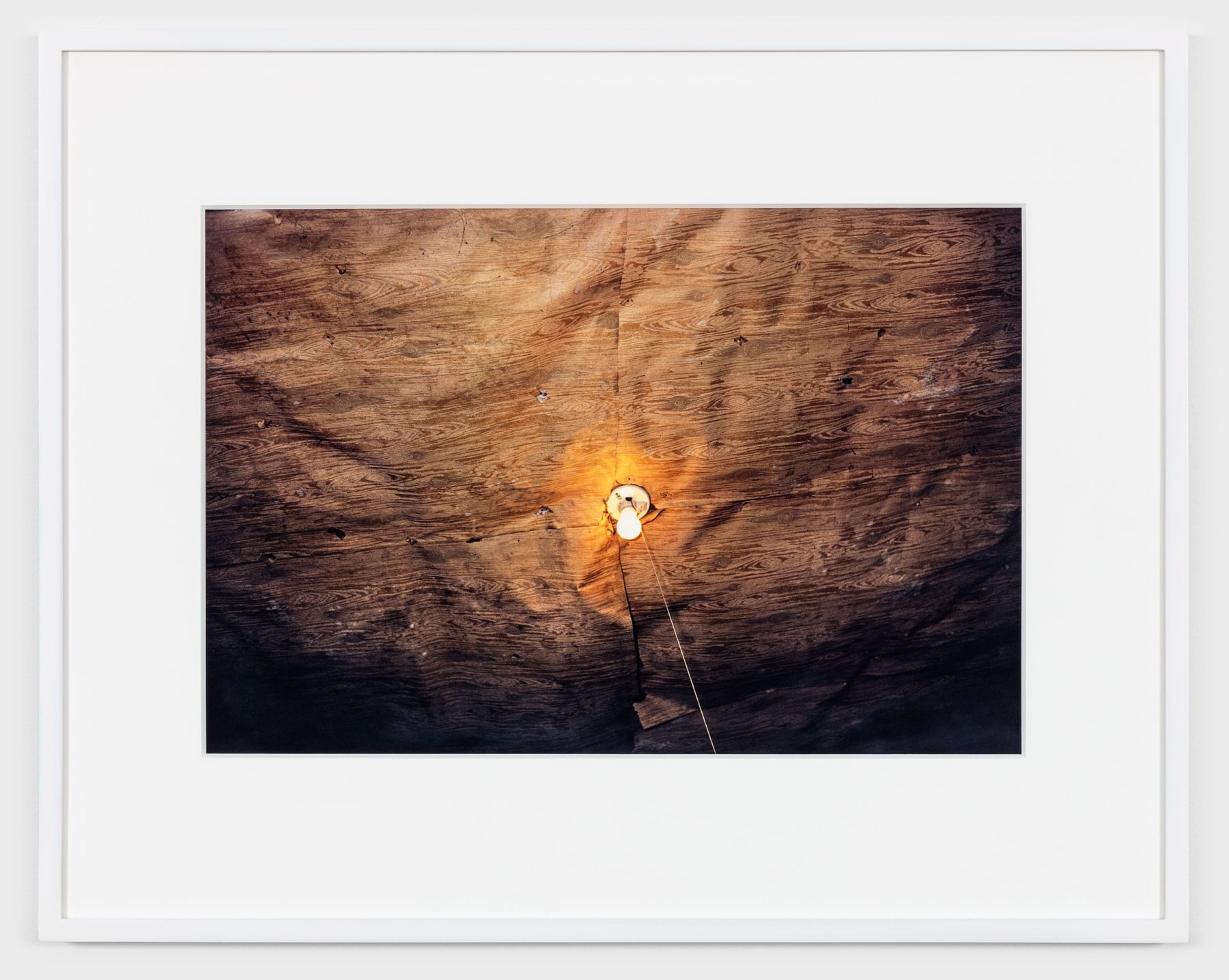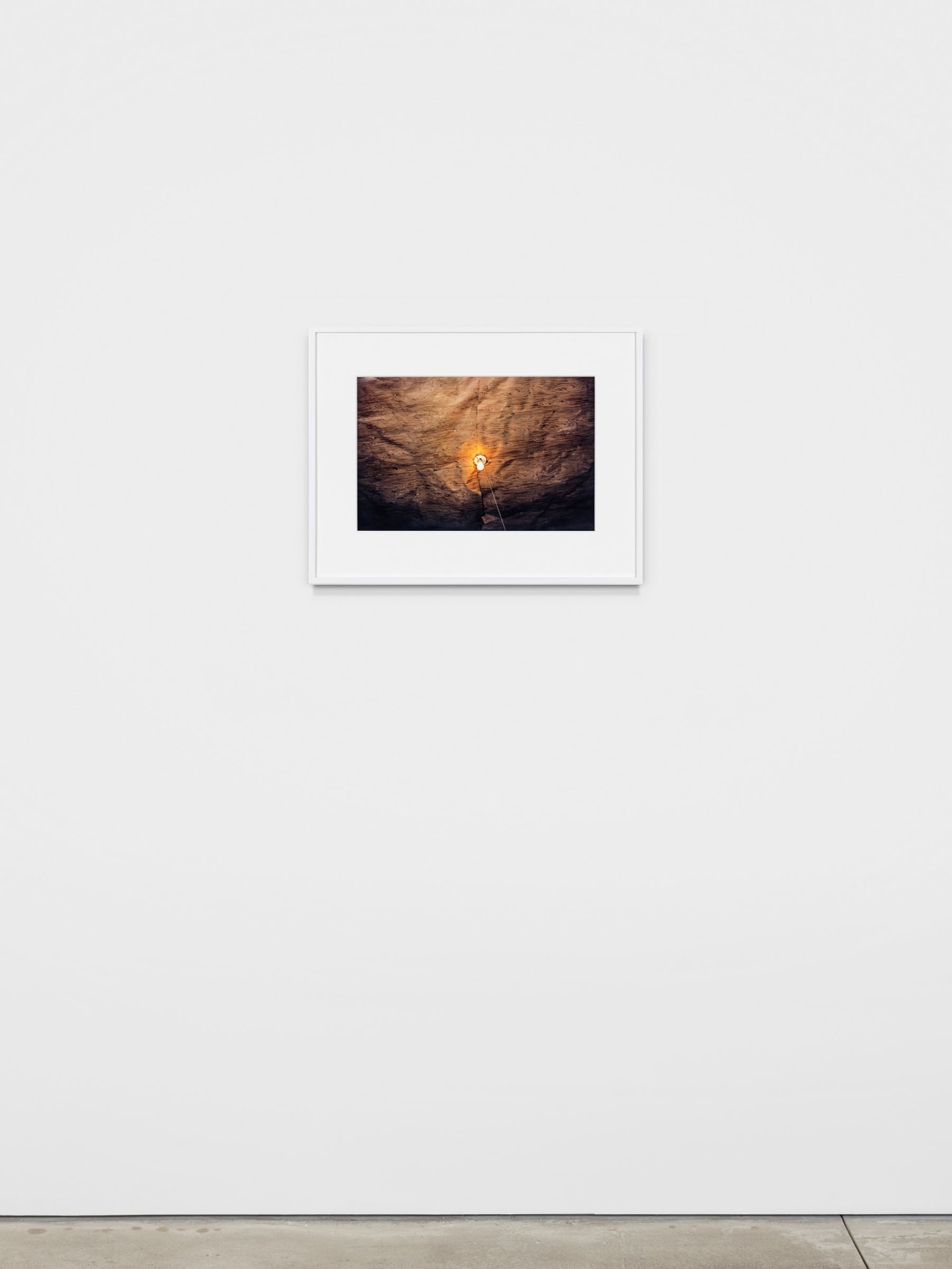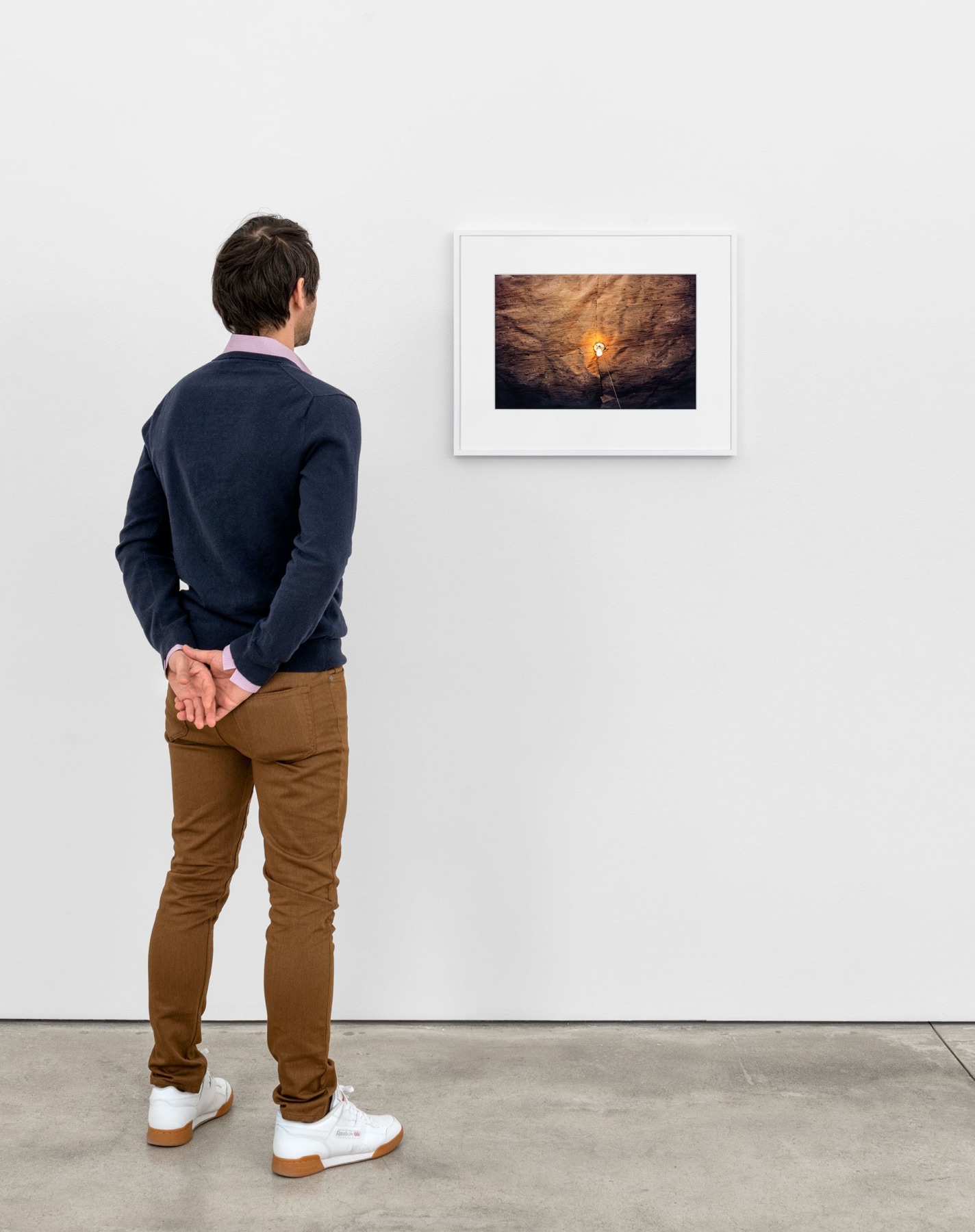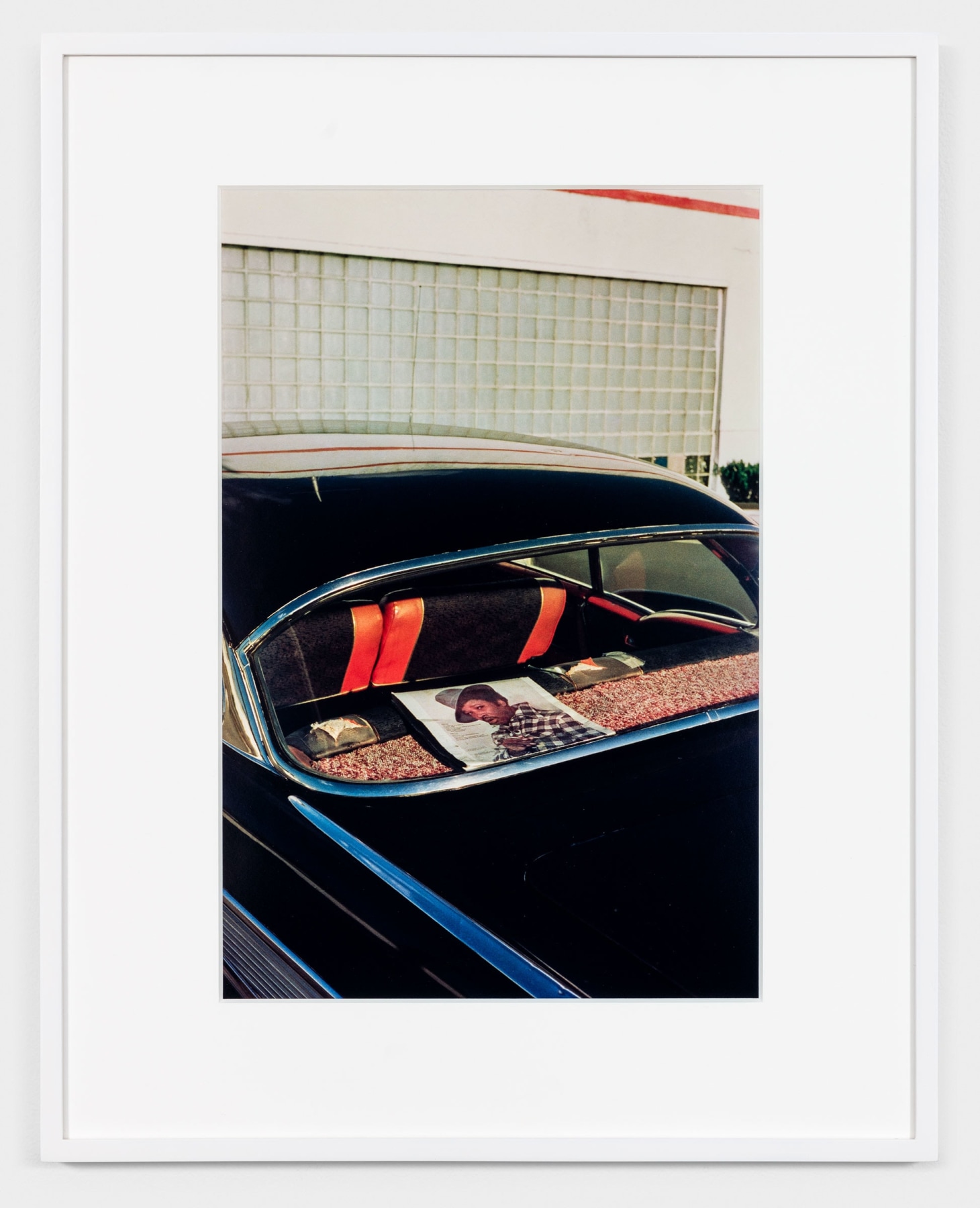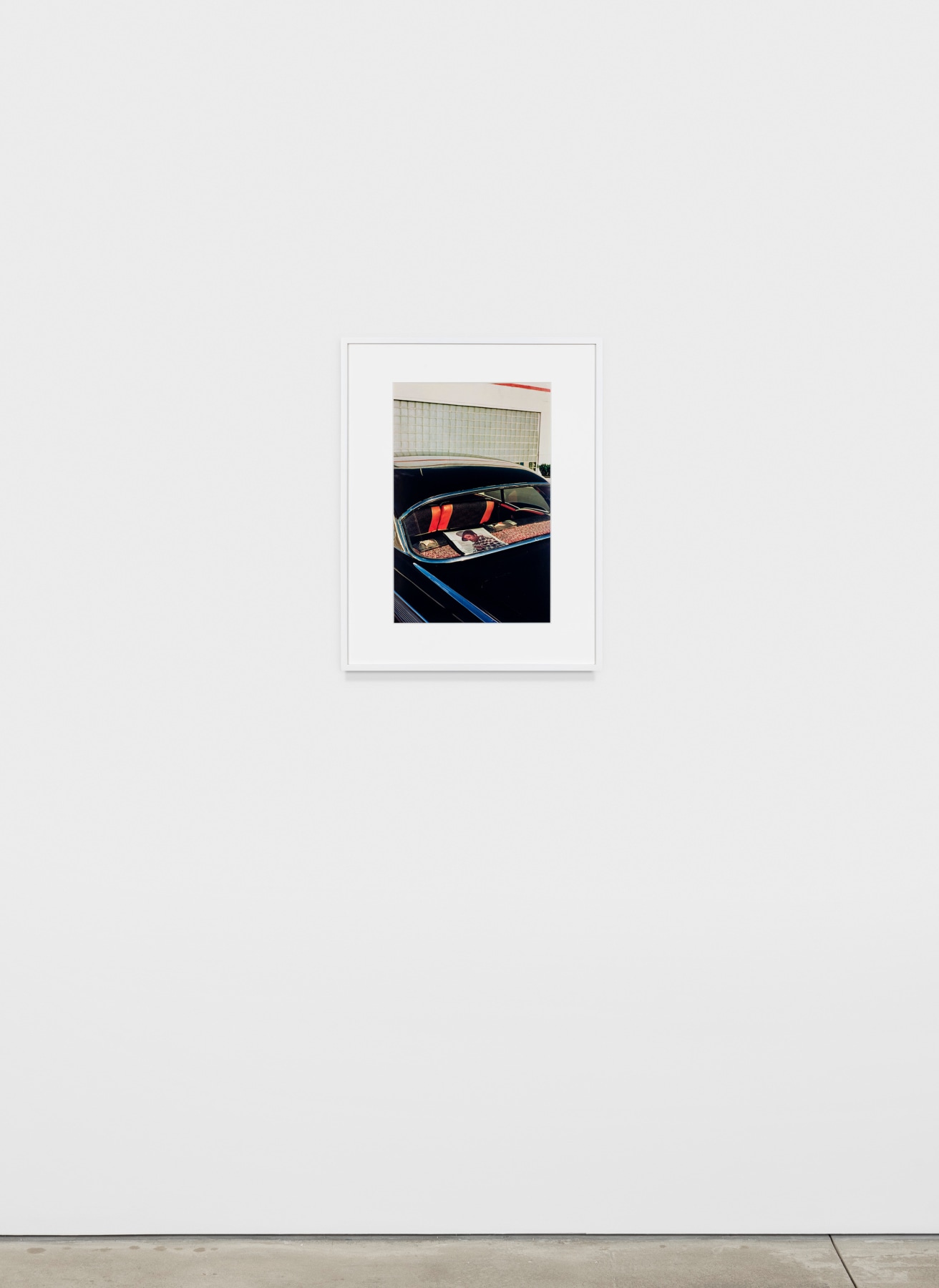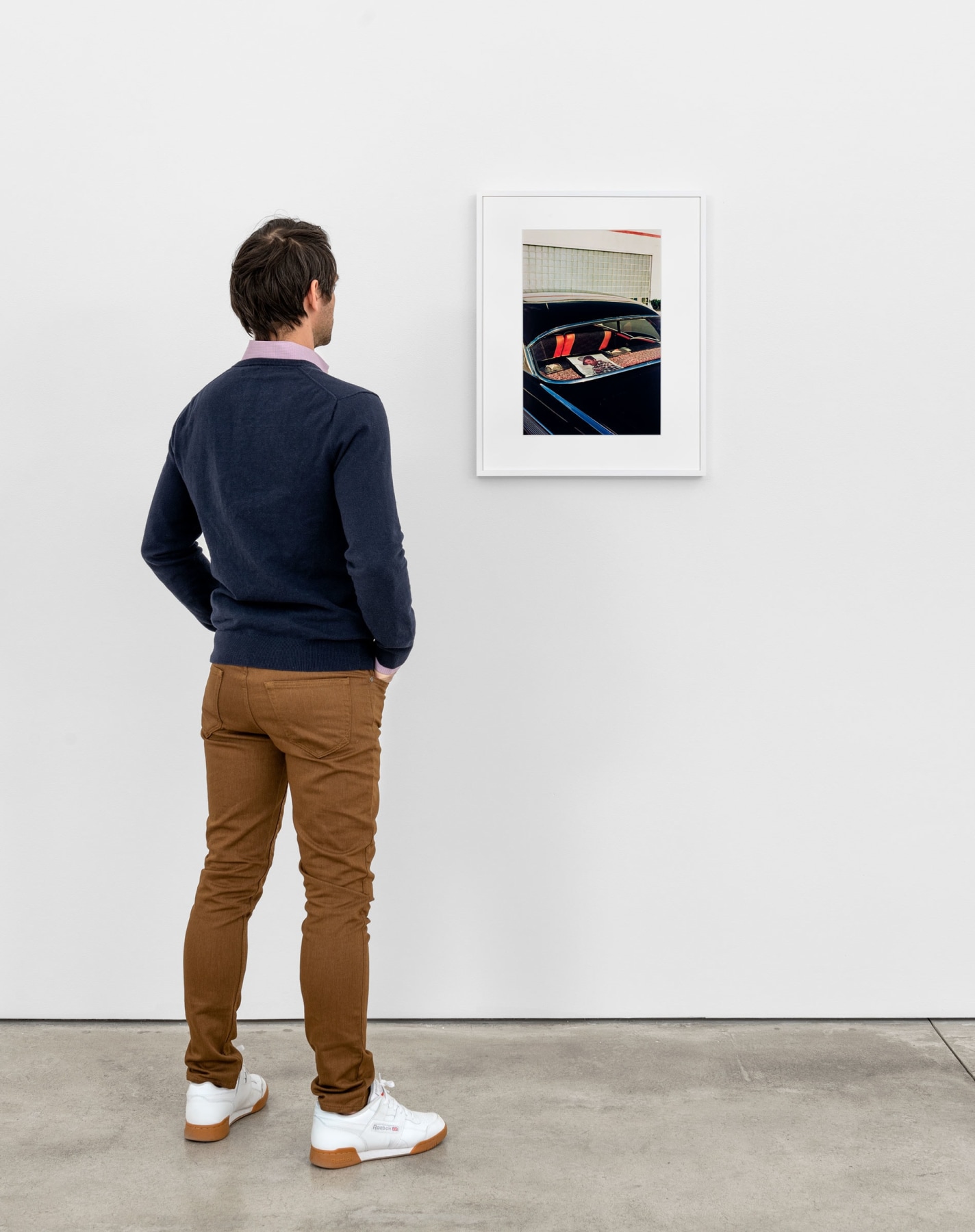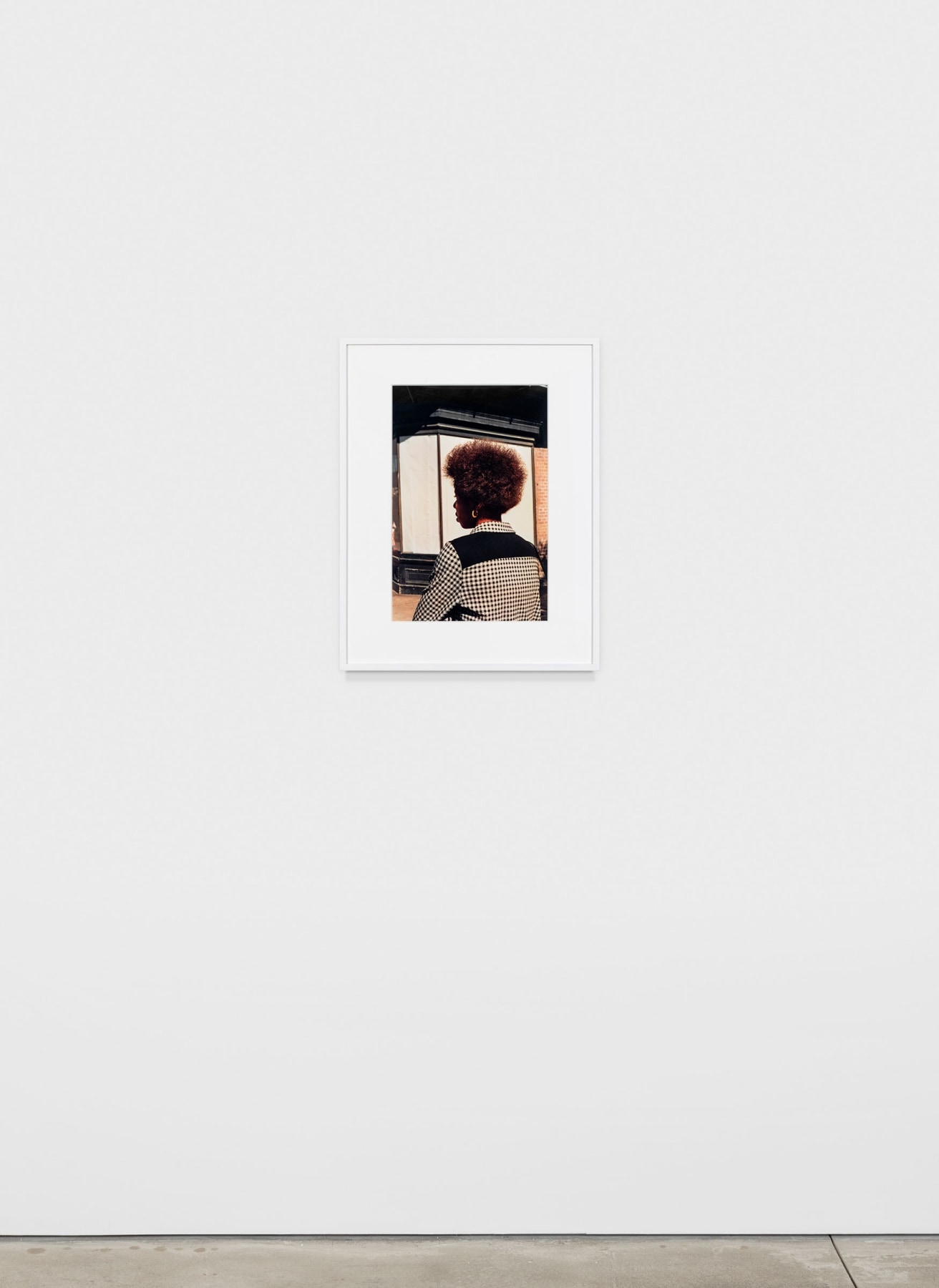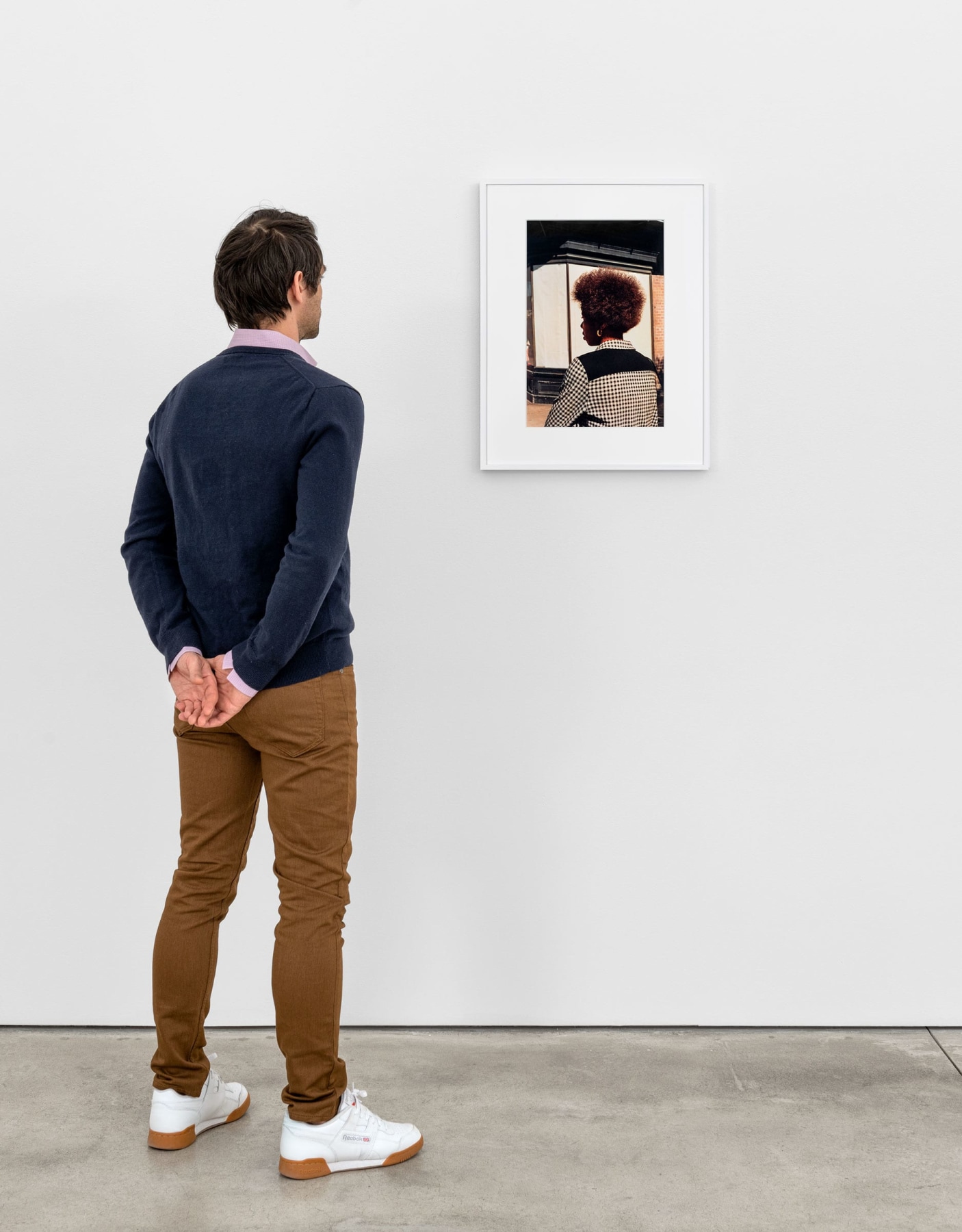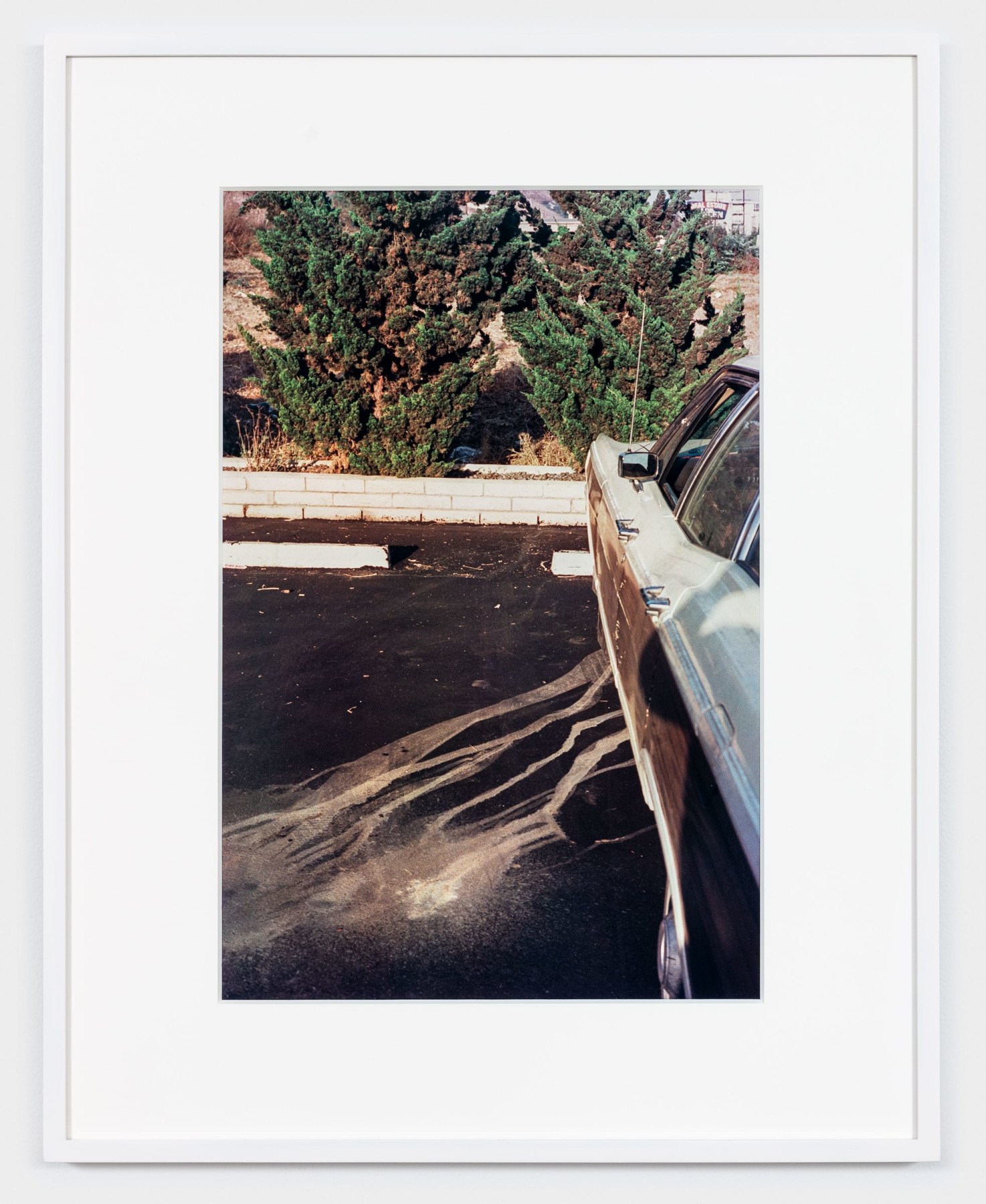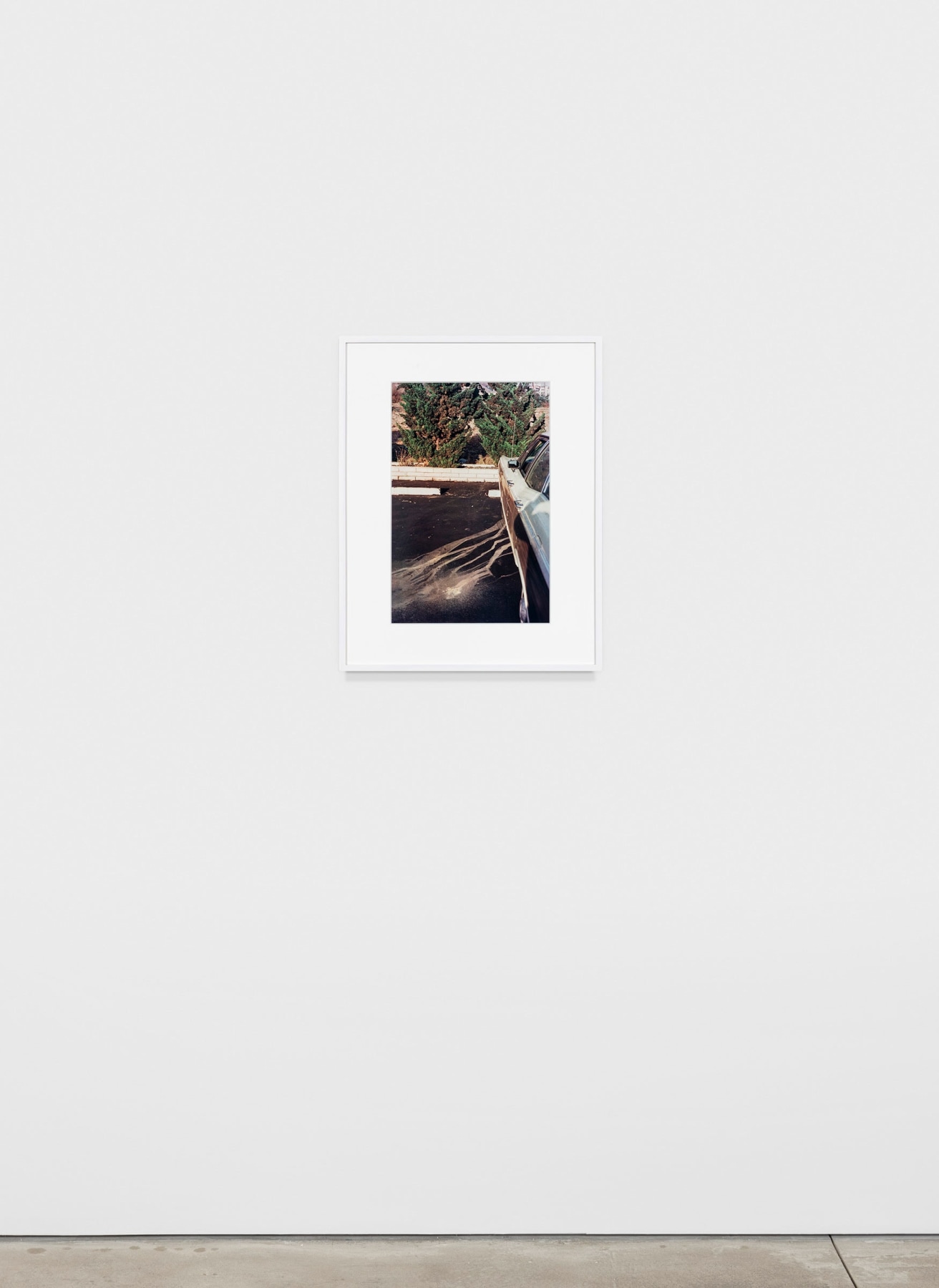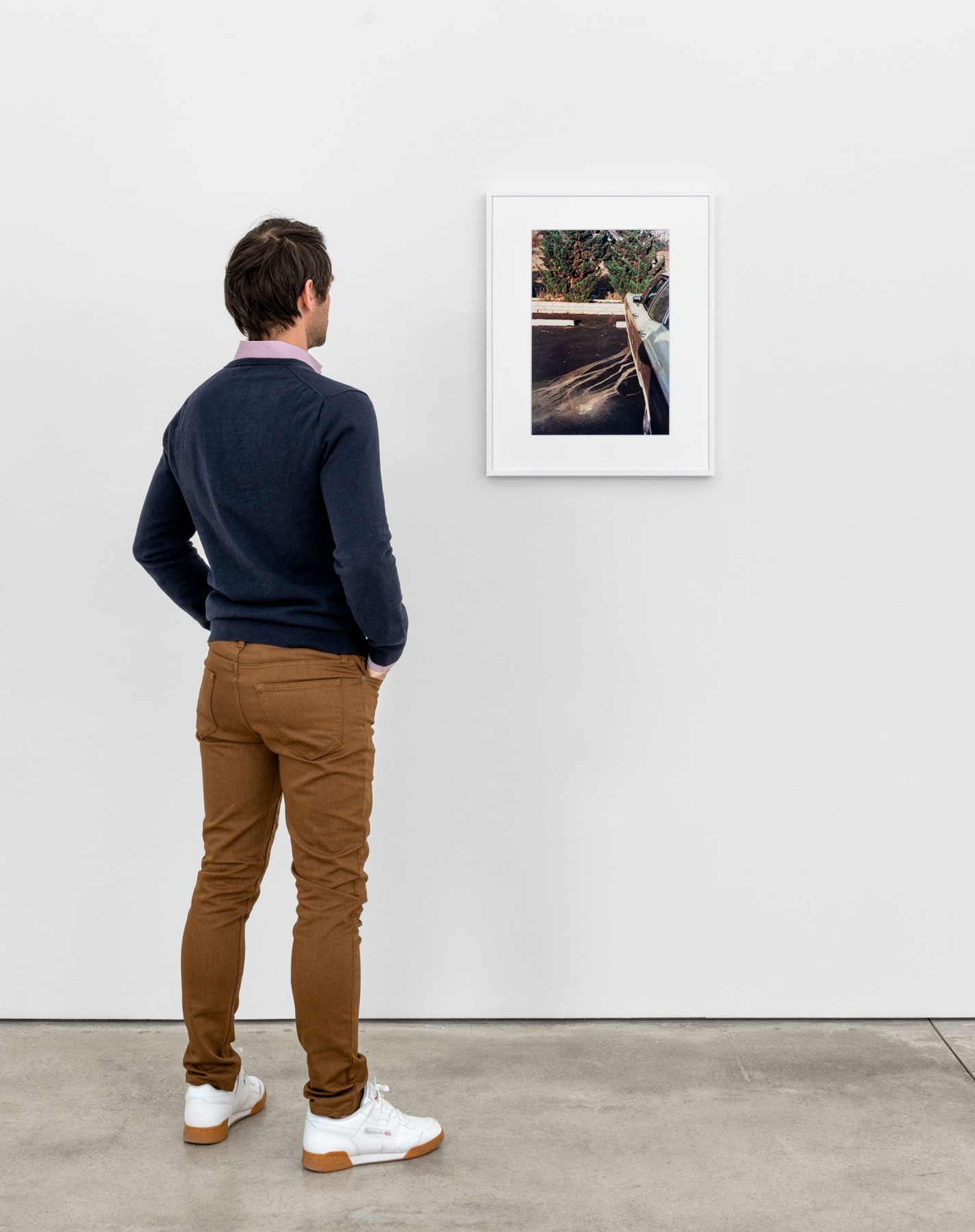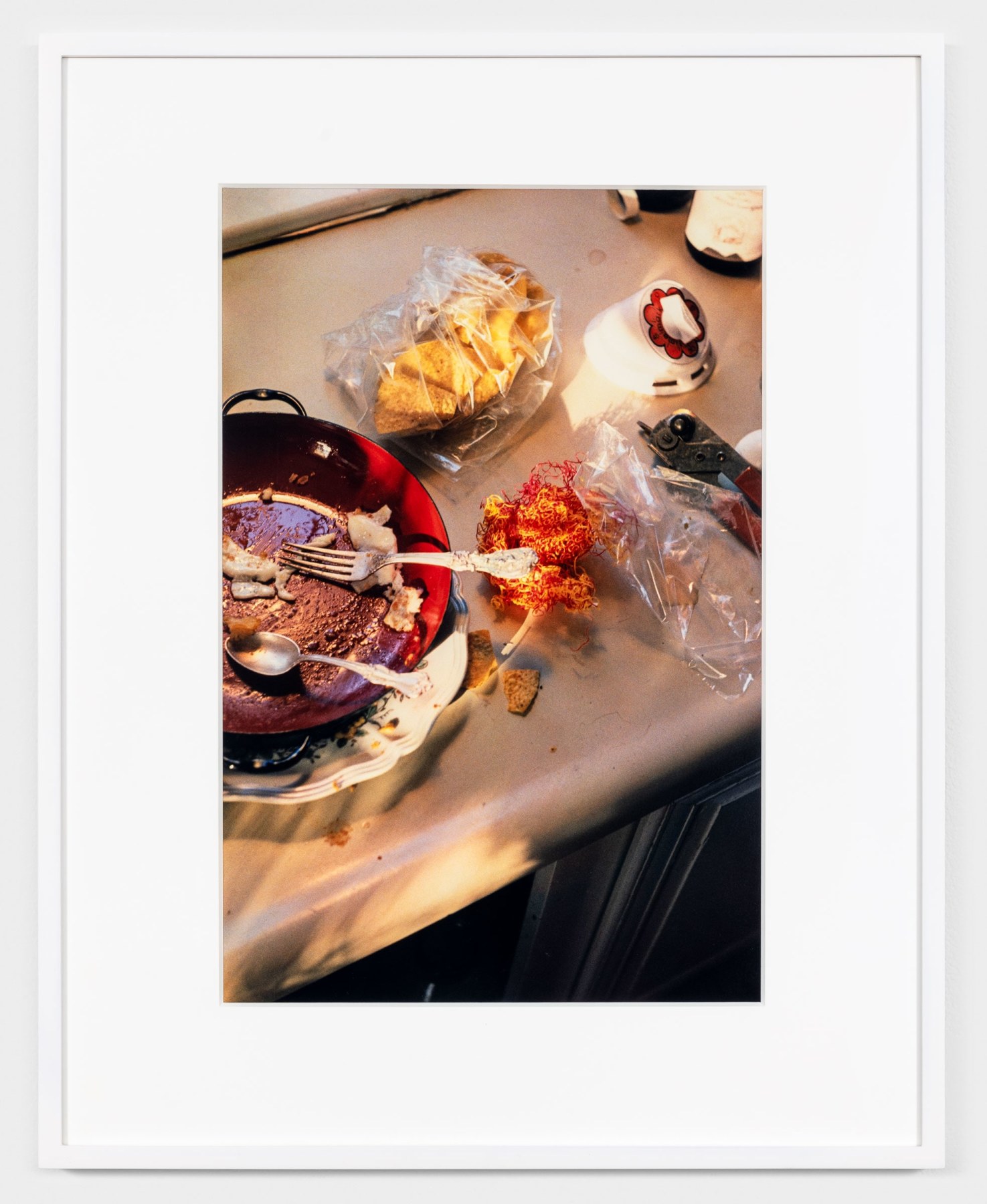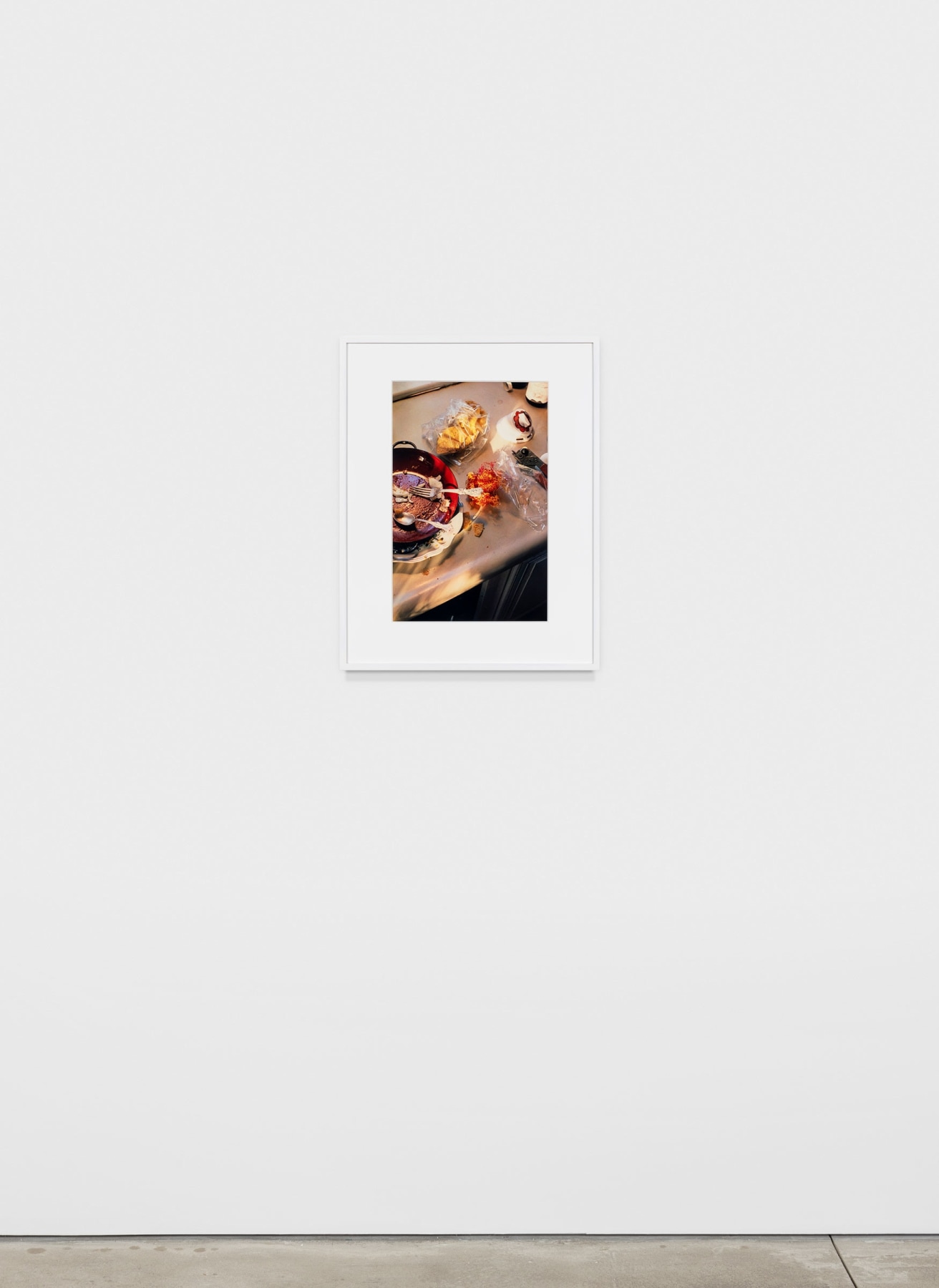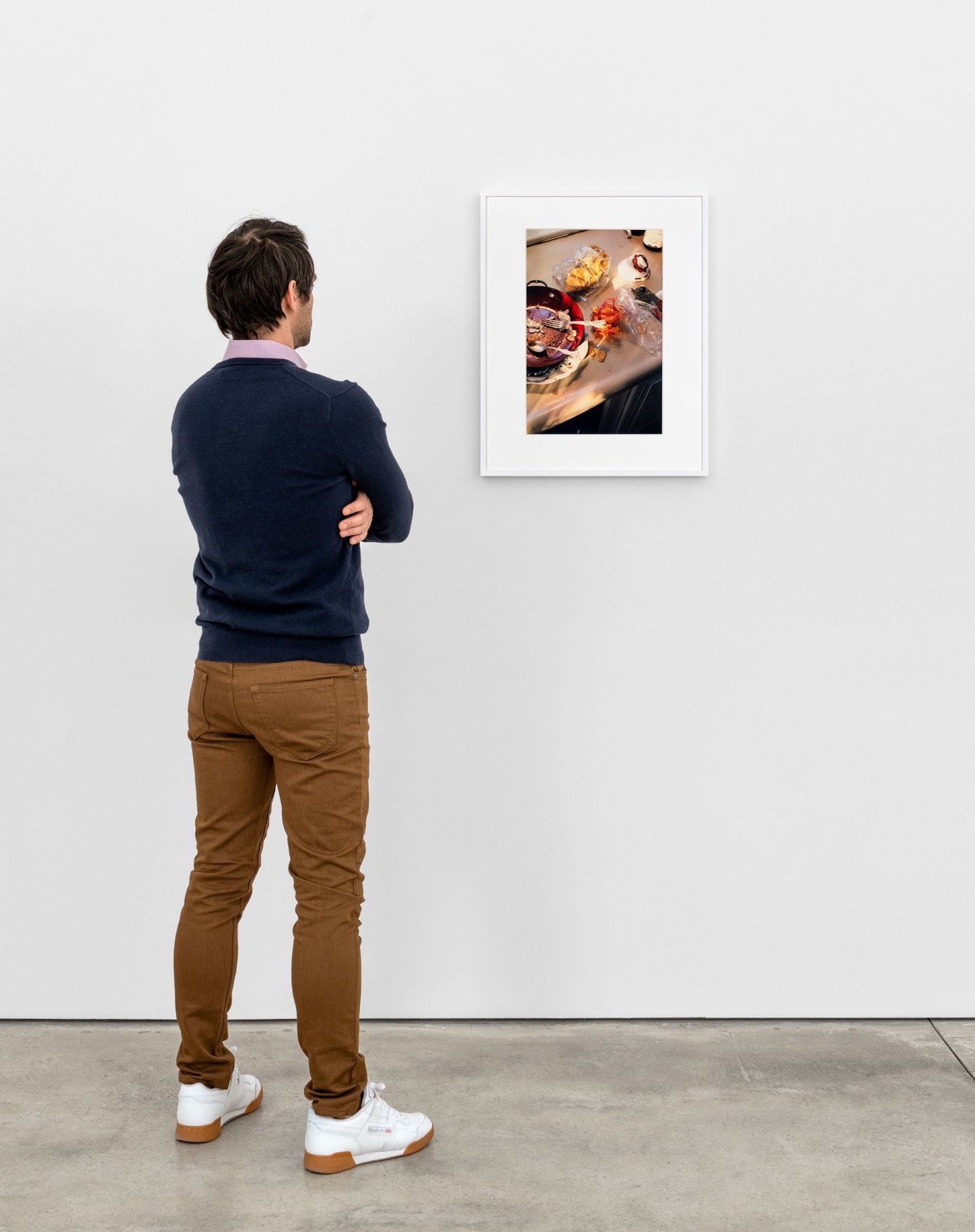Cheim & Read presents a suite of rare and important dye transfer photographs from the 1970s and 1980s by William Eggleston. The exhibition will be on view for Art Basel OVR Pioneers on Art Basel’s website and on the gallery’s website from March 24 through March 27, 2021.
The hyperreal, supersaturated colors of dye transfer, a commercial technology employed by mass-market magazines and advertising firms, parallel the shimmering tones of Technicolor, which revolutionized Hollywood films with works like The Wizard of Oz (1939). Instead of Technicolor’s three-strip process, dye transfer printing incorporates three monochrome negatives (cyan, yellow, and magenta) to create the image. Shooting in Kodachrome (Kodak’s color slide film) and working by hand in the darkroom, Eggleston calibrated the separate colors to create bold pigmentation.
Photographs by William Eggleston (May 24 - August 1, 1976) was the first solo show at the Museum of Modern Art, New York, that focused exclusively on color. This landmark exhibition endorsed color photography as a contemporary art medium, and permanently linked the practice to Eggleston and his use of the dye transfer process. The first photograph on the checklist for the MoMA show — also on view here — is Algiers, Louisiana (1970) . The straightforward image of a dog drinking from a puddle is elevated to another level by the striking color temperature shift that contrasts the chilly colors of the sky, trees, bushes, house, and sedan with the radiant warmth of the dog’s auburn coat set against the muted earth tones of the ivory-colored gravel and clay-colored water.
William Eggleston’s Guide (1976), written by the curator of the MoMA show, John Szarkowski, Director of the Department of Photography, and released in connection with exhibition, was the first publication by the museum devoted to color photography. At the time, photo books were a dynamic engine of visual culture, and much of Eggleston’s output was in the form of series concentrating on a particular place — artworks bearing names such as Memphis and Tallahatchie County, Mississippi (both ca.1969-70) — which later expanded to examinations of specific moods or ideas (Morals of Vision, 1978; The Democratic Forest, 1989). Eggleston cites the work of Robert Frank, famous for The Americans (1959), and Henri Cartier-Bresson's book The Decisive Moment (1952) as crucial to his development, influences evident in his workaday subject matter and on-the-fly image capture.
Three portfolios are represented in the current selection: Los Alamos (1965-74); Dust Bells (ca. 1971-74); and Troubled Waters (1980). Untitled (Spill Next to Car), a rare single print from Los Alamos, exhibits the otherworldly qualities possible in dye-transfer: the incandescent greens fringing the branches of the fir trees seem to push forward, while the bleached violets of the Abstract Expressionist-inflected splatters and drips visually recede. This precarious balance between top and bottom, background and foreground, would serve to flatten the picture plane if not for the skewed perspective of the station wagon’s side panel, drawing the eye in and out.
Eggleston’s Southern roots and his compellingly Southern sensibility are especially evident in the portfolios Dust Bells and Troubled Waters: a Veronica’s Veil revealed in a burst of yellow through an intensely orange doorway, or a Black woman turning her gaze beyond the frame in an almost monochromatic study in brown, white, and black. In these and other preeminent works suffused with transcendent color, Eggleston documents ordinary experiences marked with an indelible timelessness.
Thomas Micchelli
–
WILLIAM EGGLESTON: The photographs of William Eggleston (born 1939 Memphis, Tennessee, where he currently lives and works) have been featured in solo exhibitions at the San Francisco Museum of Modern Art; the Fondation Cartier, Paris; the Hasselblad Center, Gothenburg, Sweden; the Louisiana Museum, Copenhagen; the Corcoran Gallery, Washington, DC; and most recently in a major retrospective organized by the Whitney Museum of American Art, New York. His work is represented in many American and international collections including the Art Institute of Chicago; the National Gallery, Washington, DC; the Museum of Modern Art, New York; the Whitney Museum of American Art, New York; the J. Paul Getty Museum, Santa Monica; the Bibliotheque Nationale, Paris; and the Victoria and Albert Museum, London. His numerous monographs include William Eggleston’s Guide (1976); The Democratic Forest (1989), Ancient and Modern (1992), 2 ¼ (1999), Los Alamos (2003); 5x7 (2006), Chromes (2011); and Los Alamos Revisited (2012).

